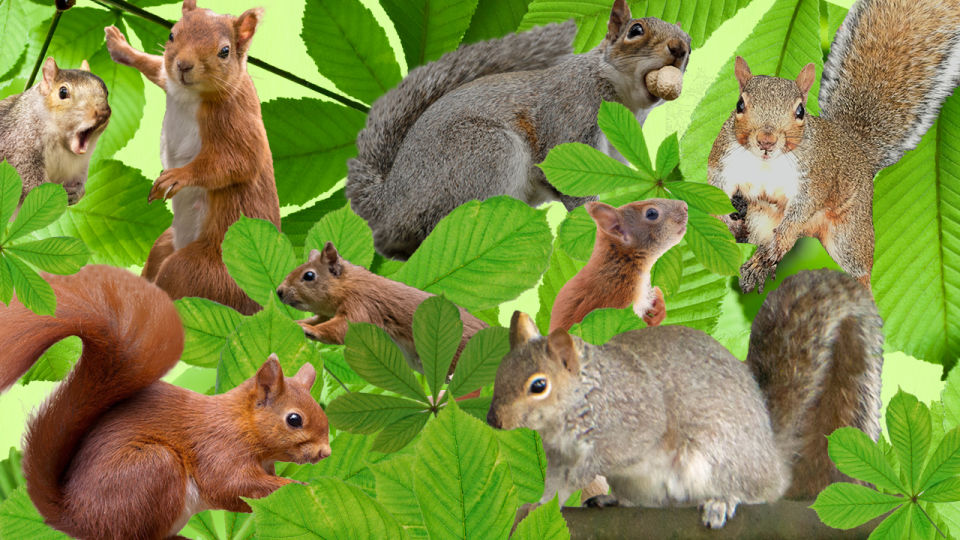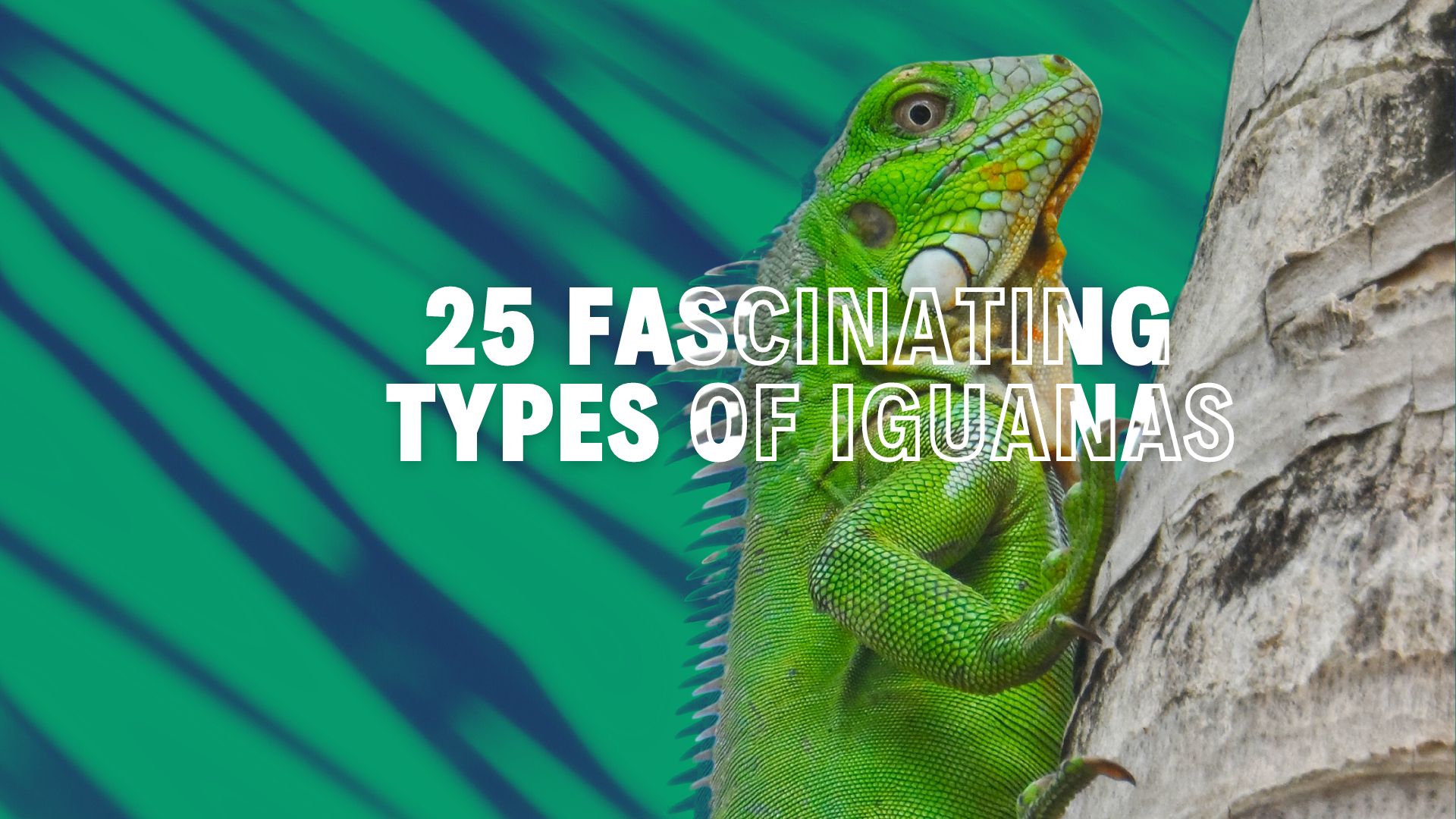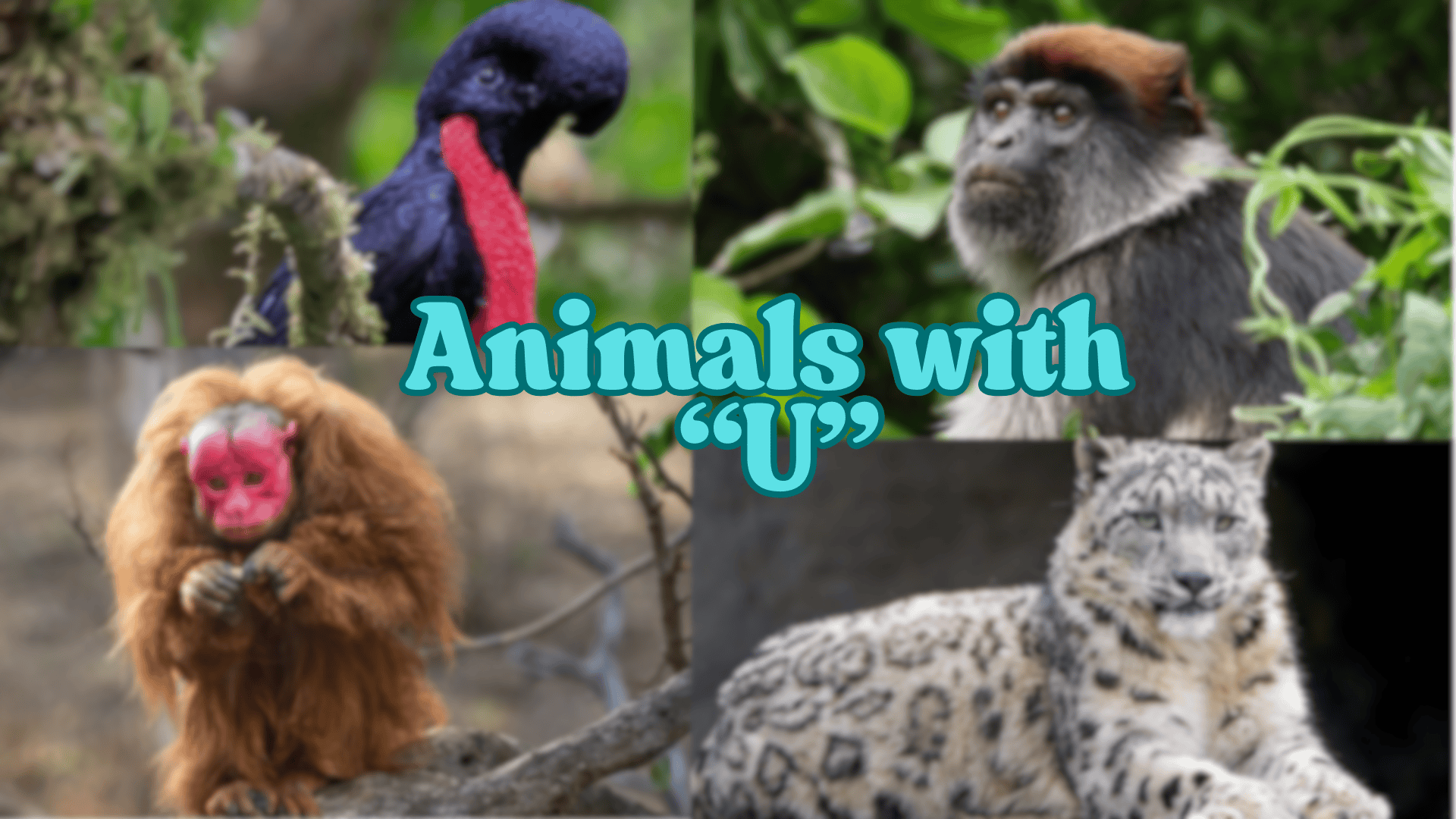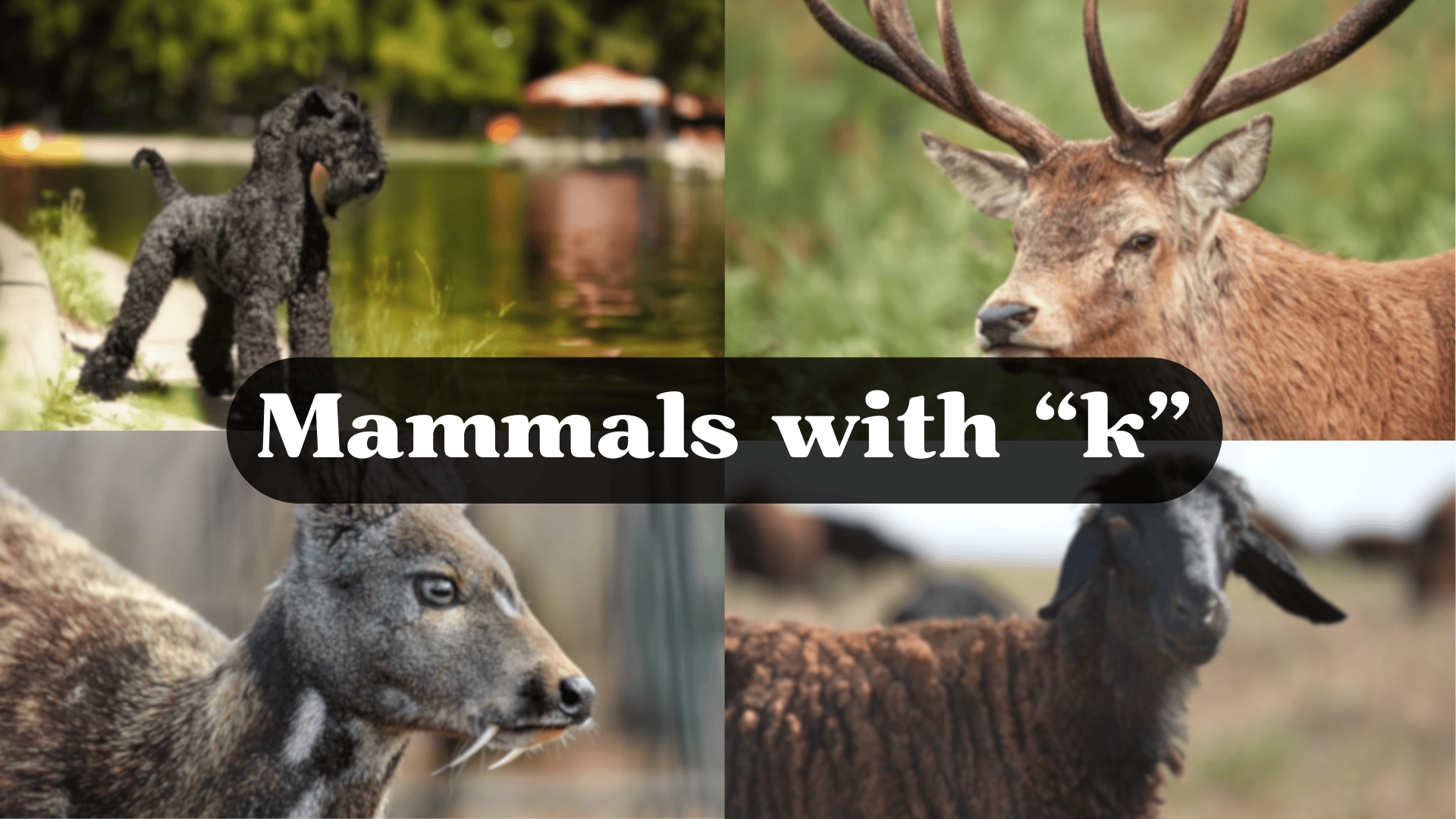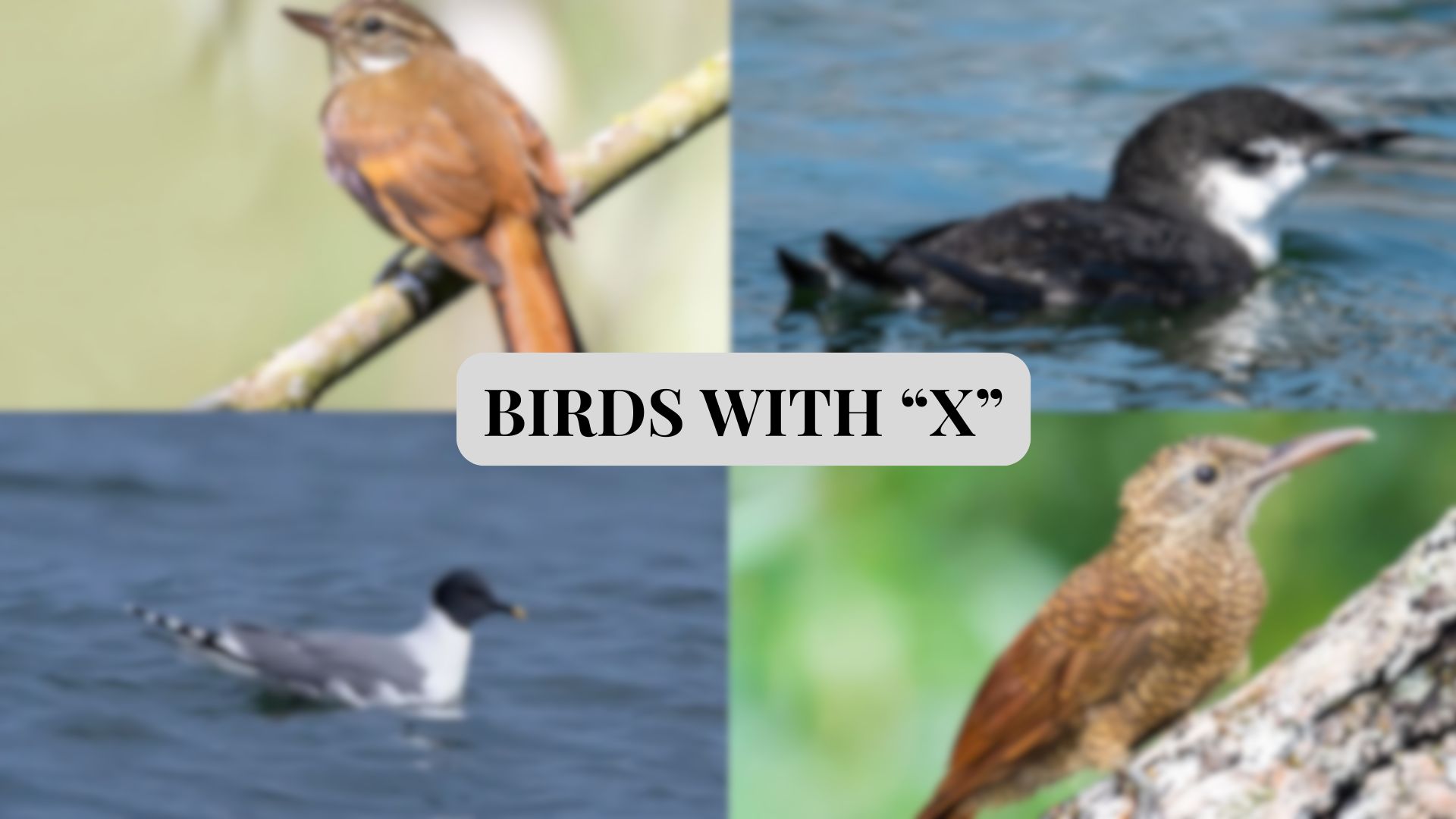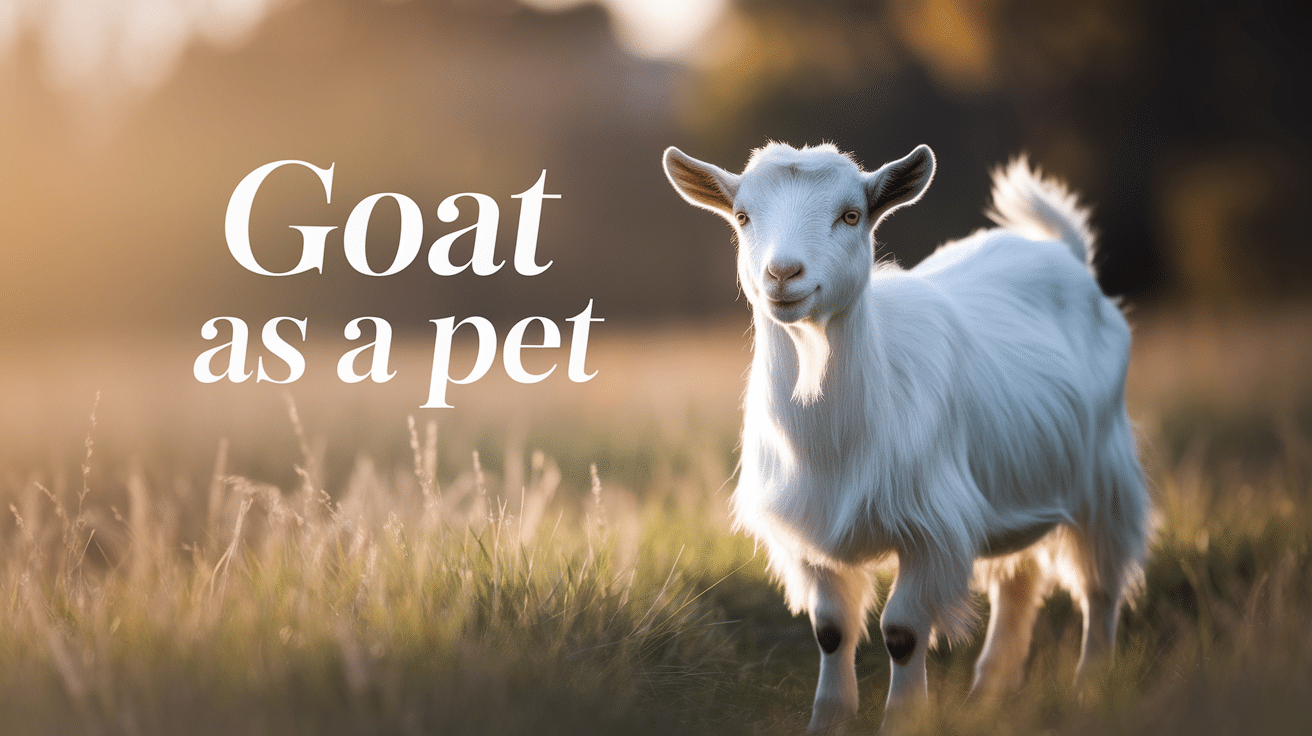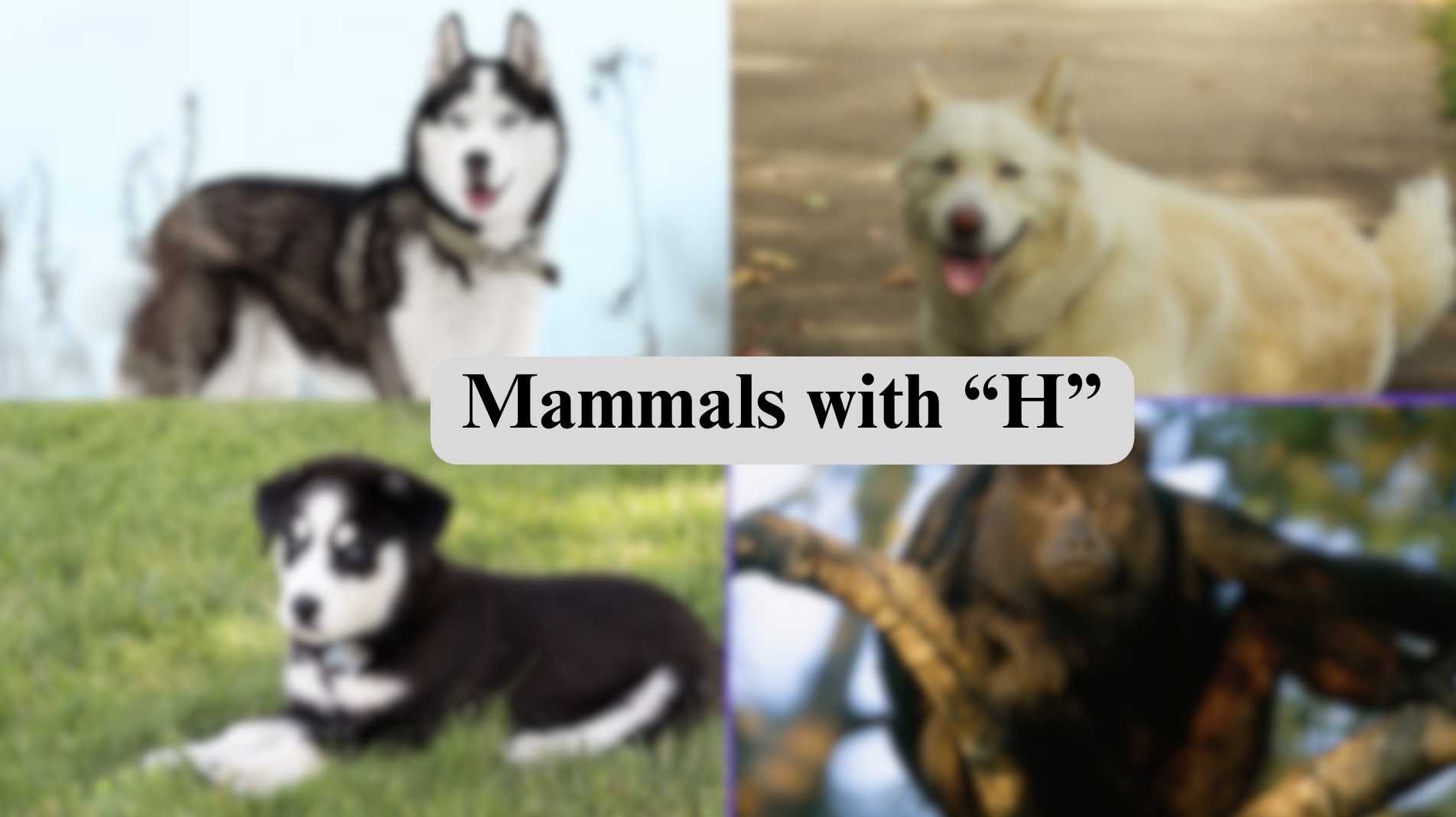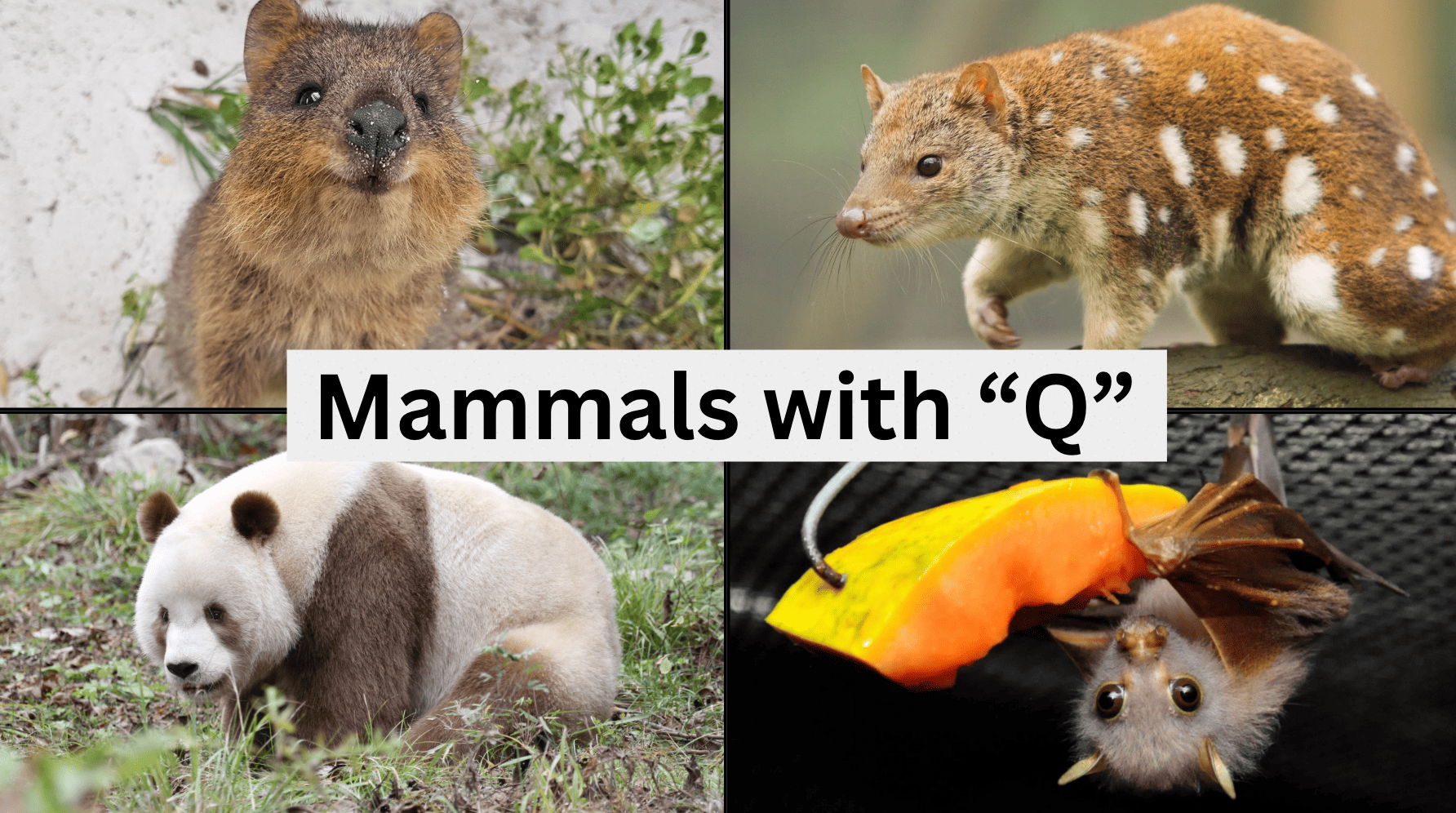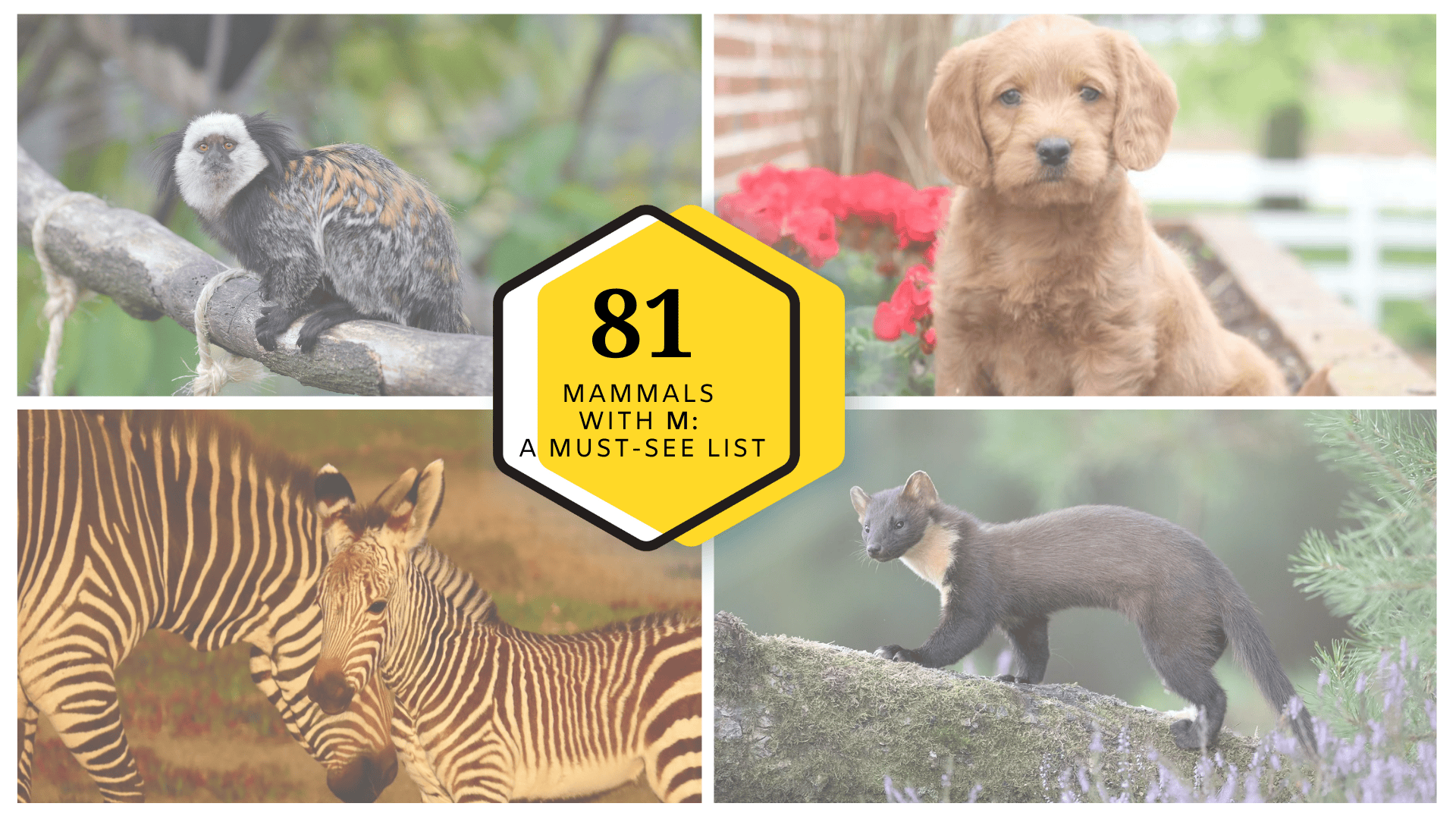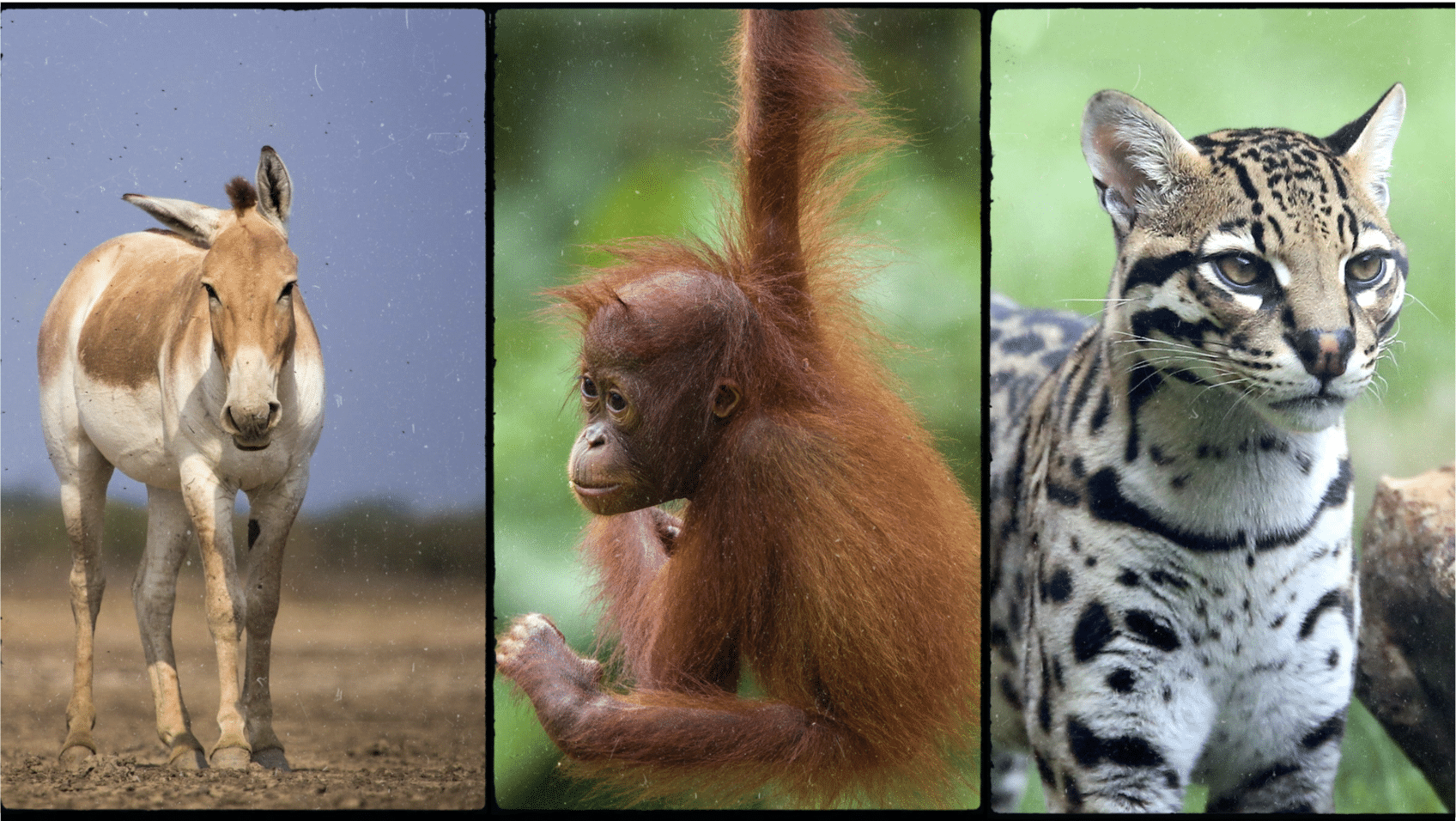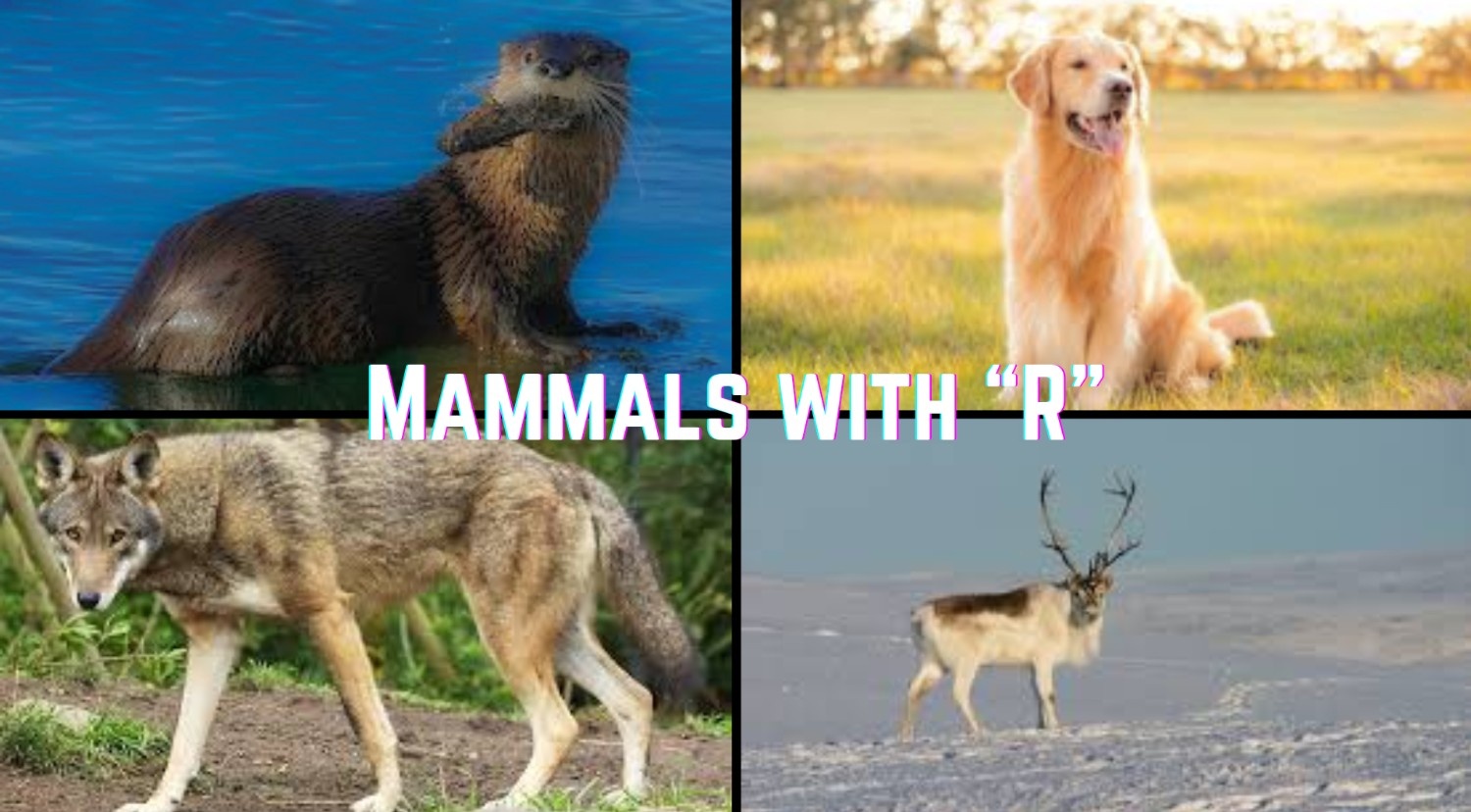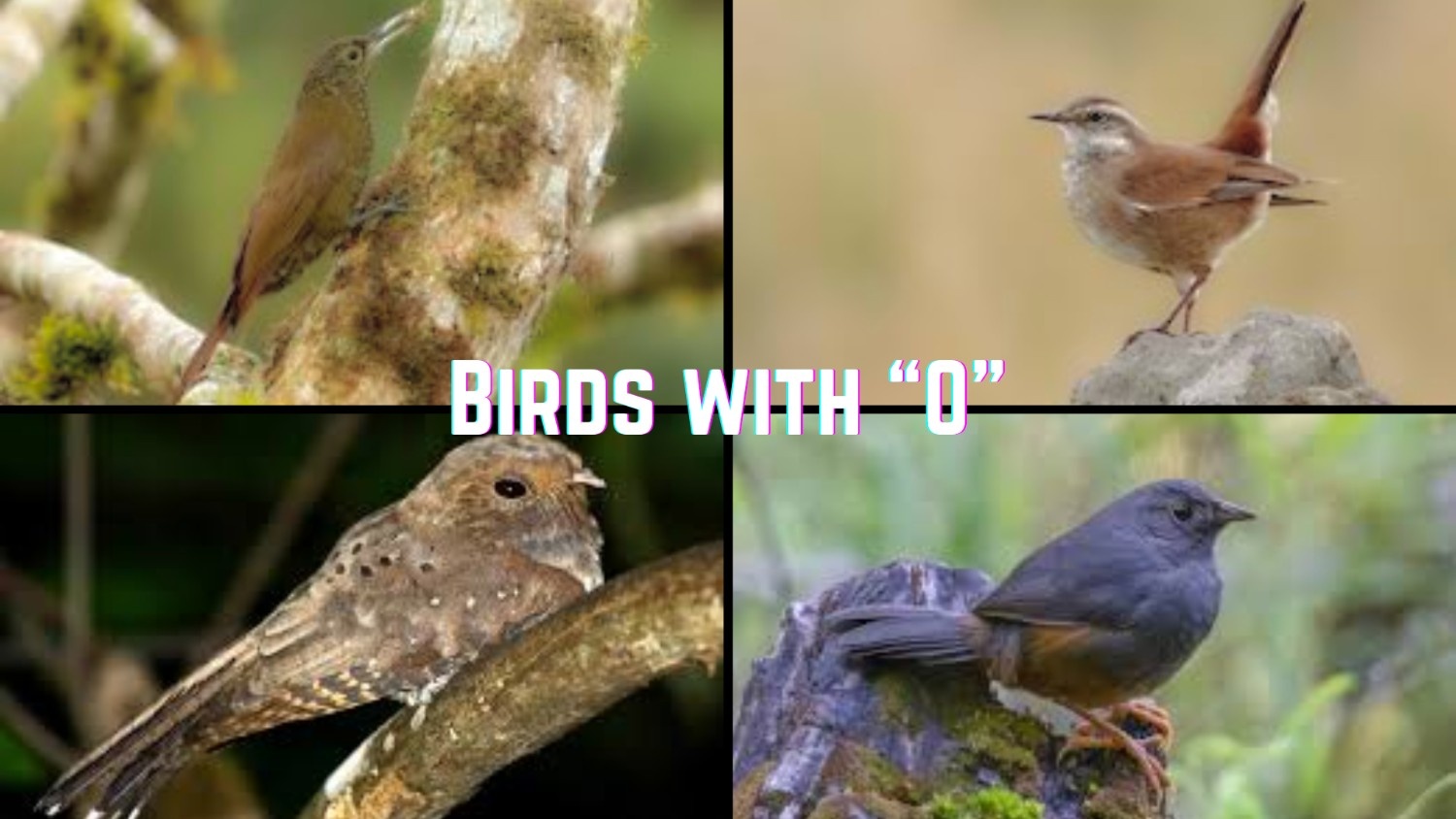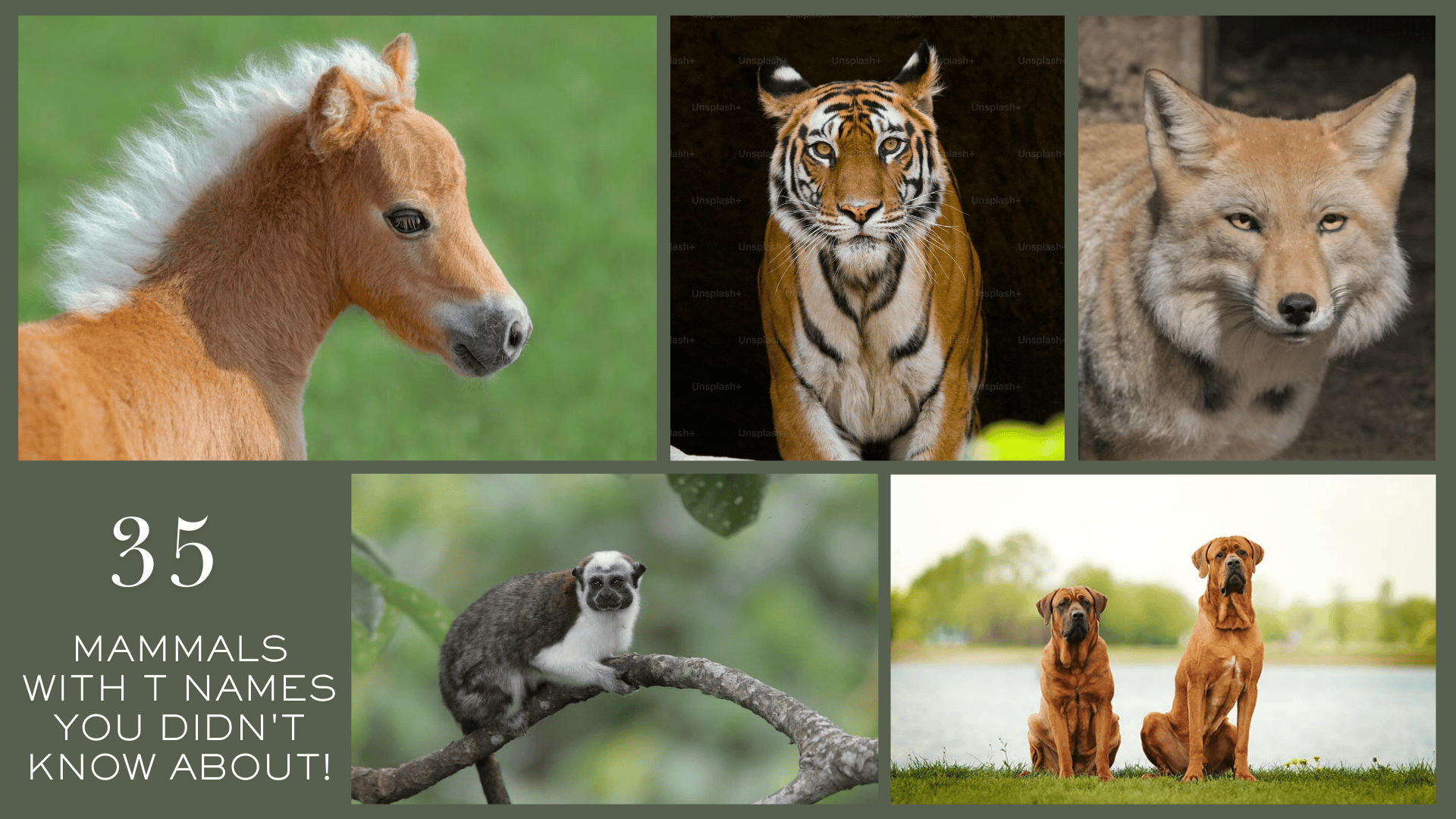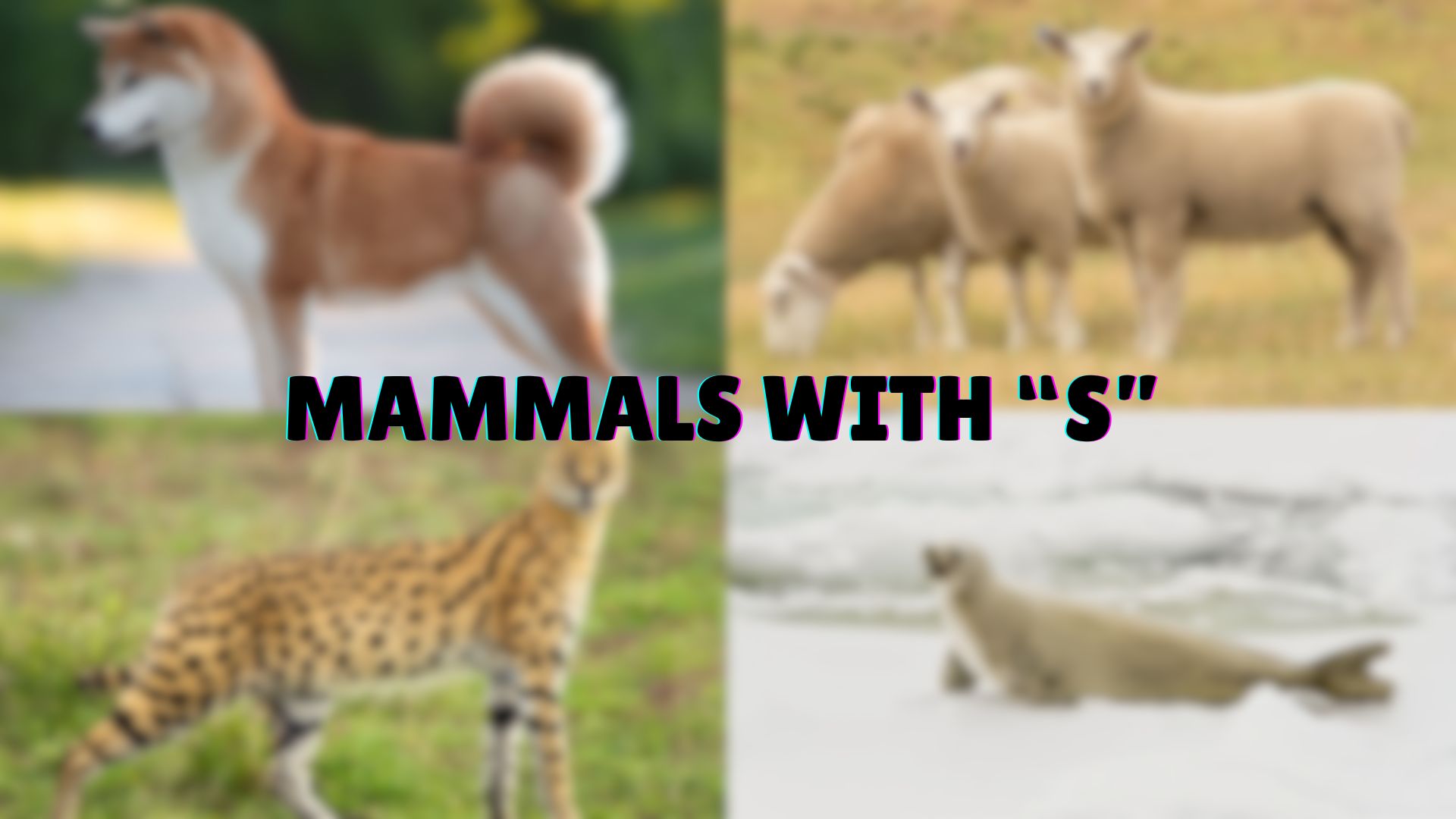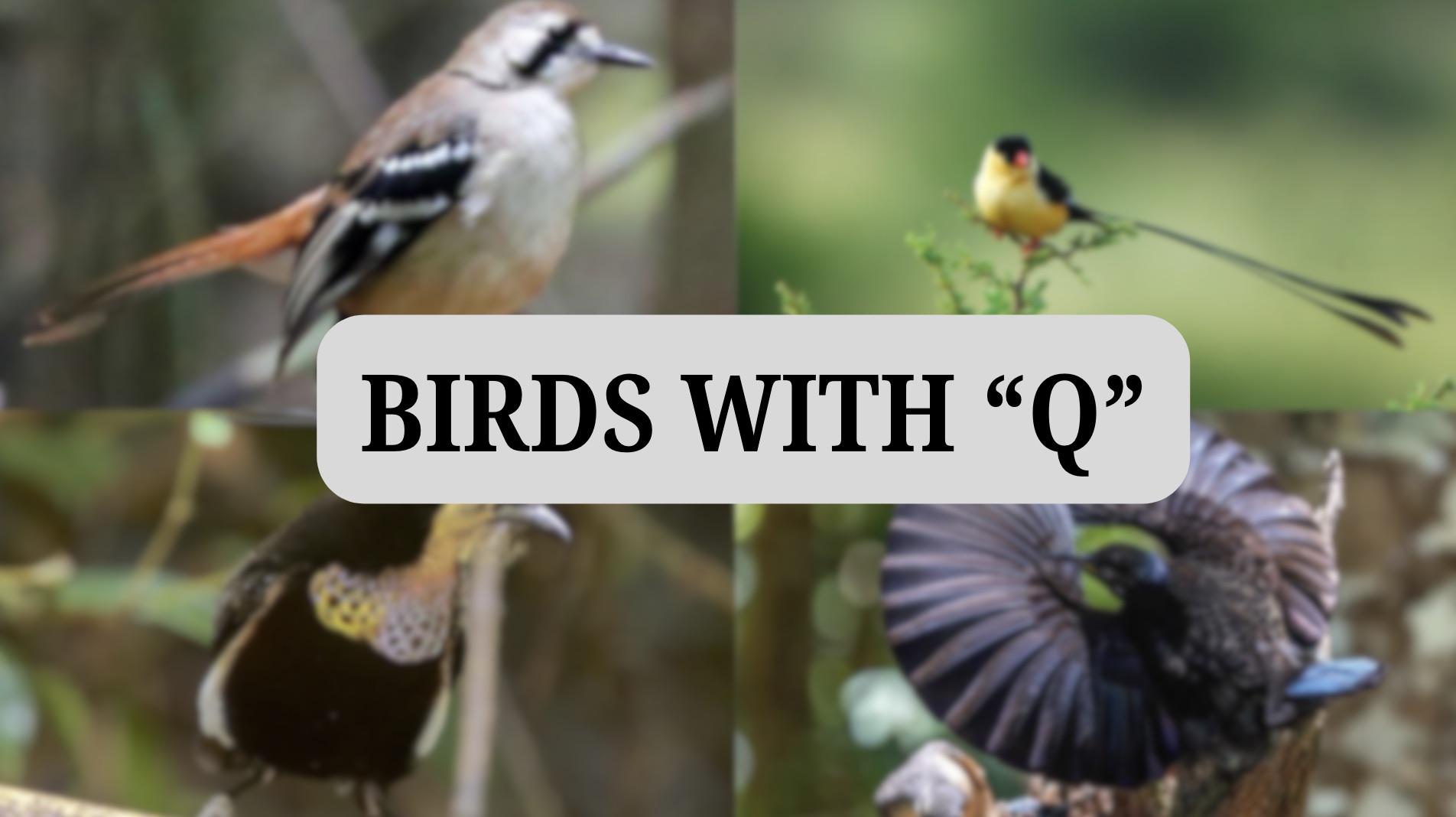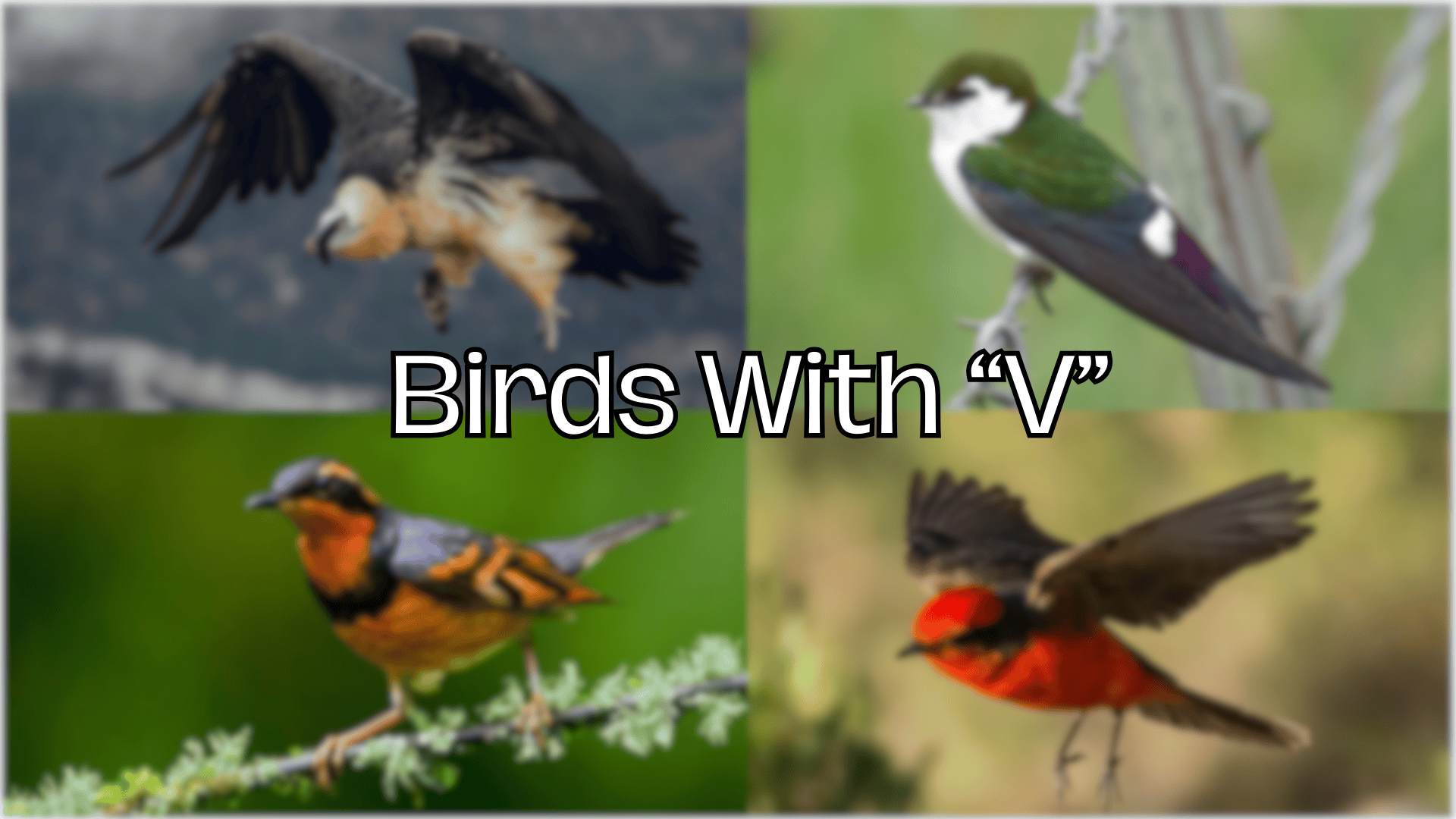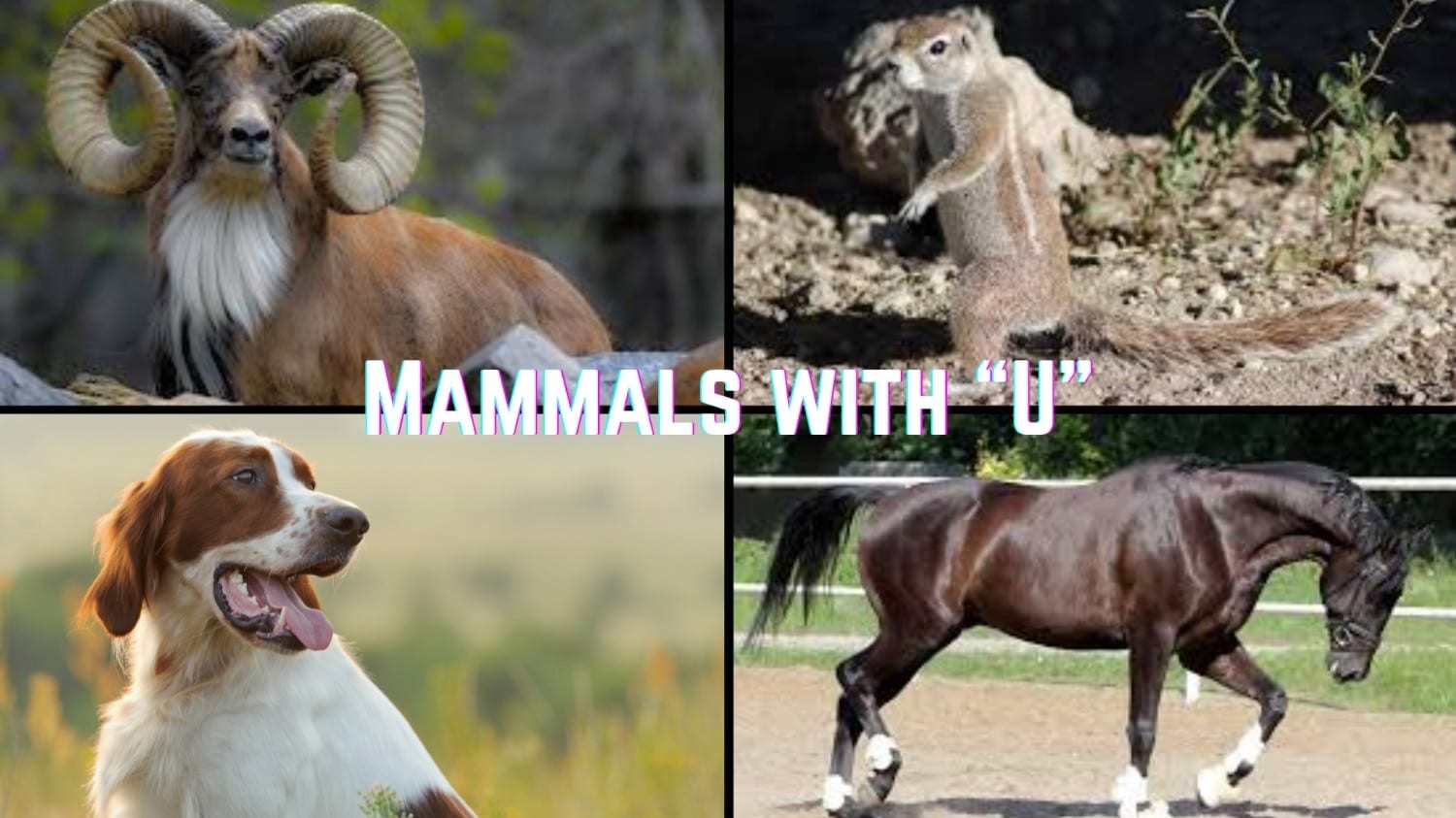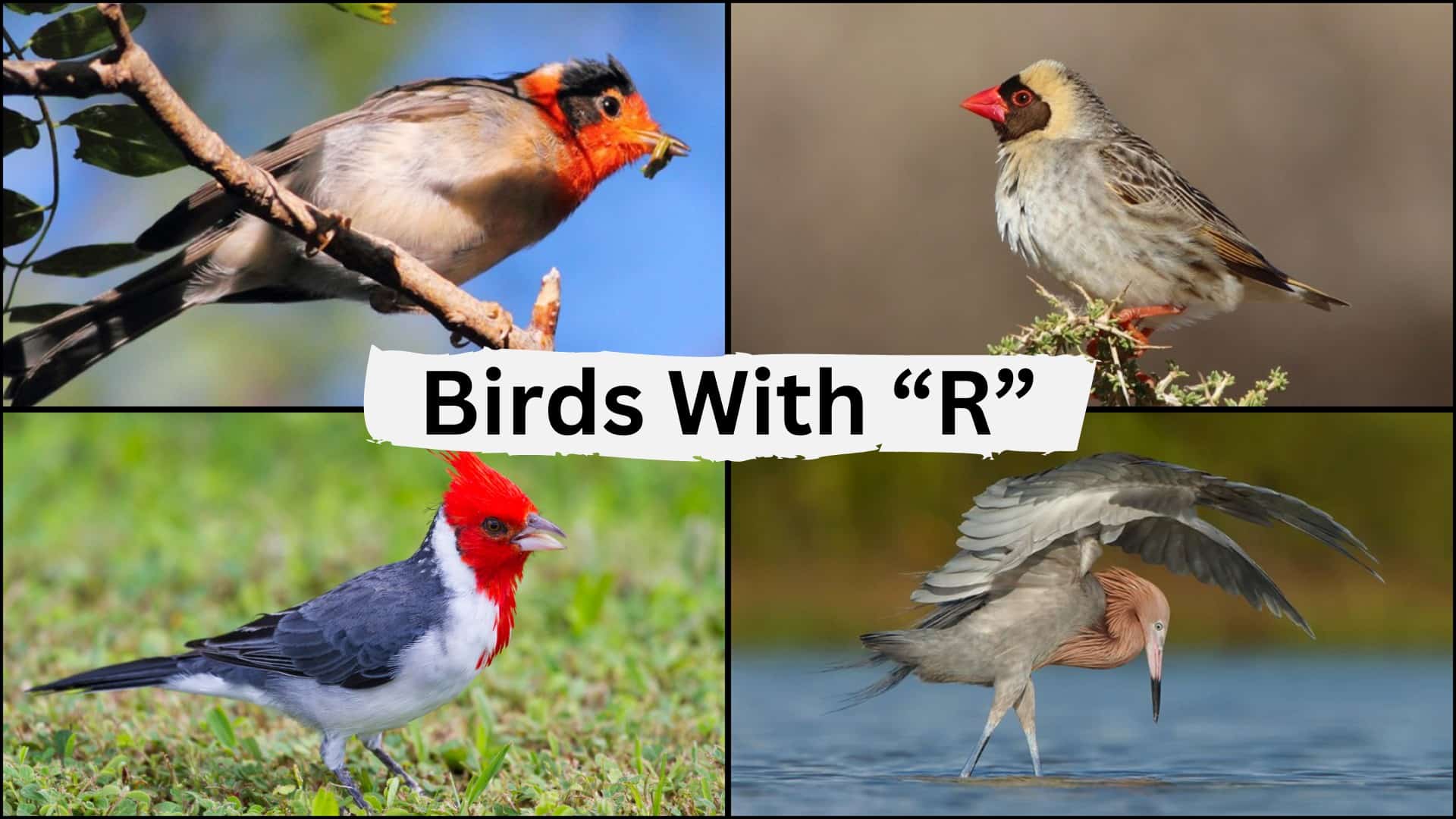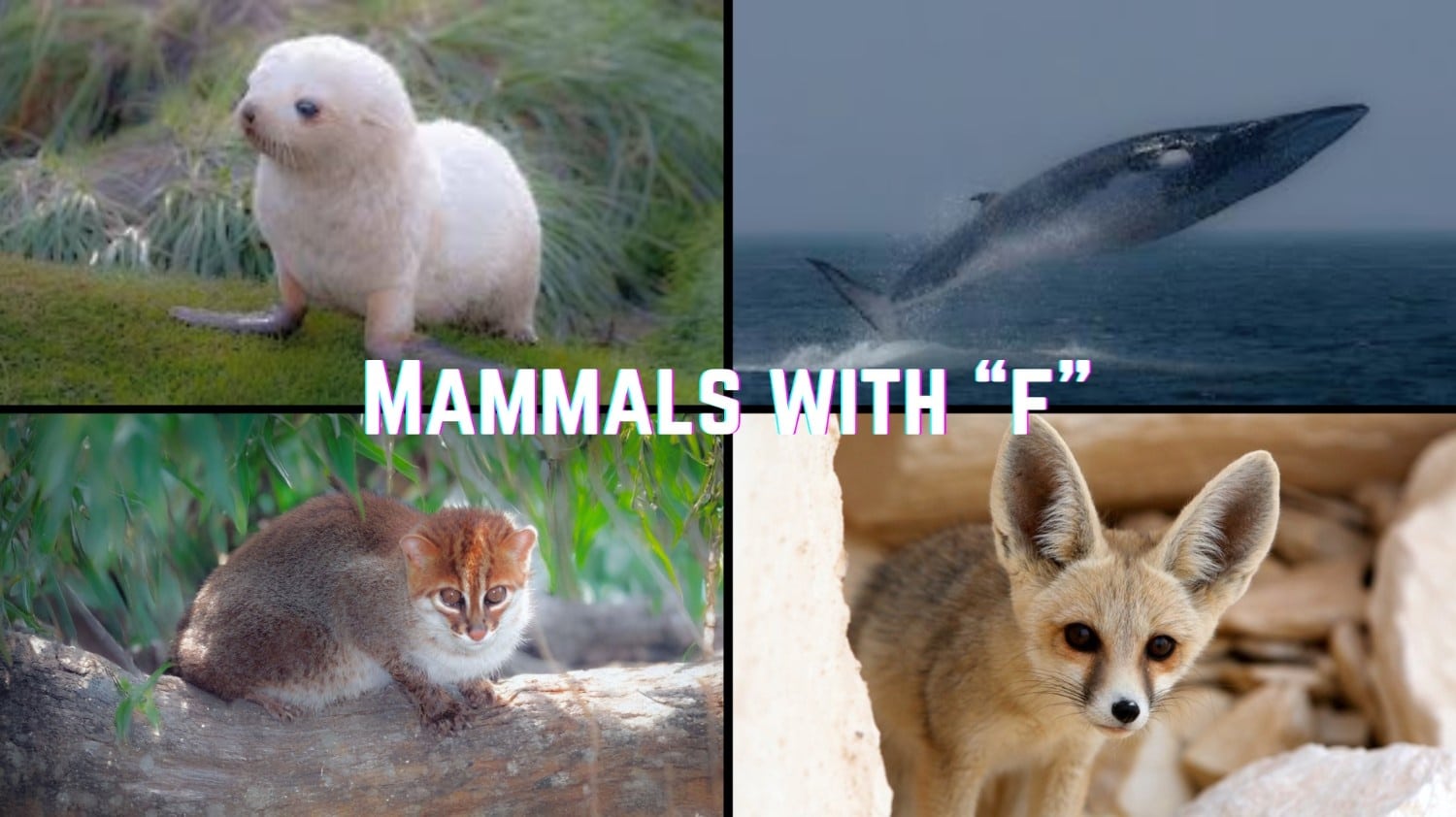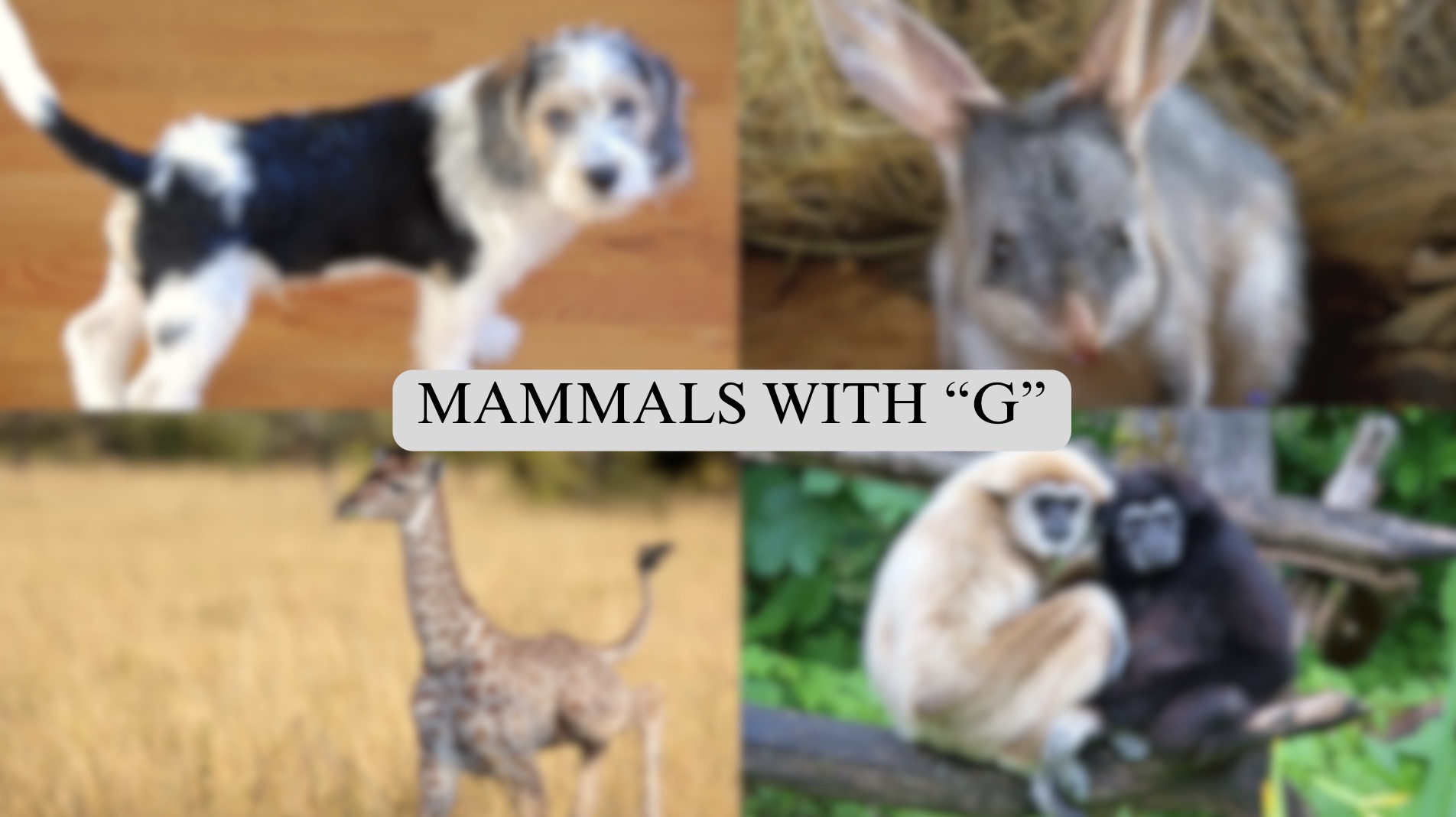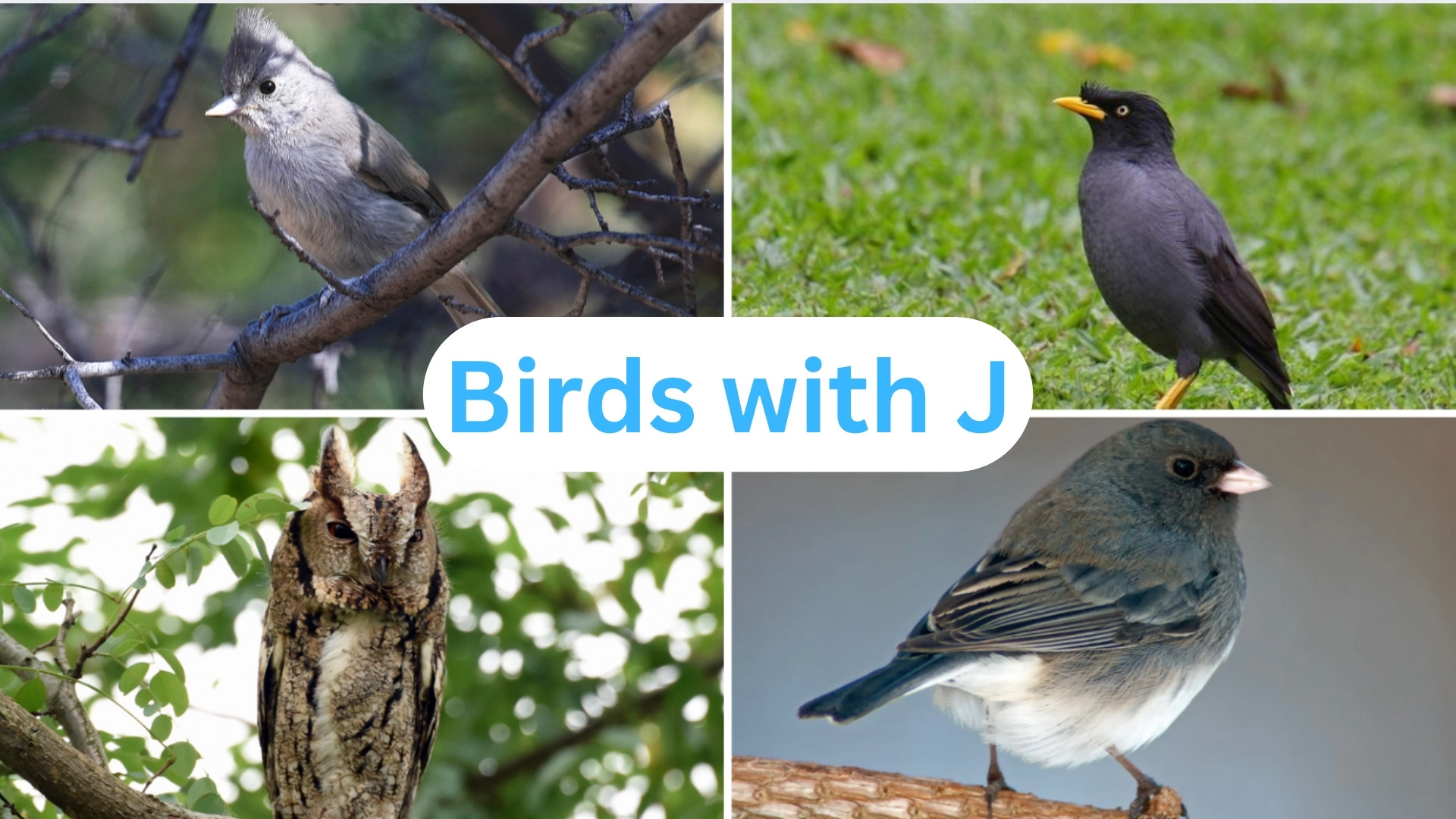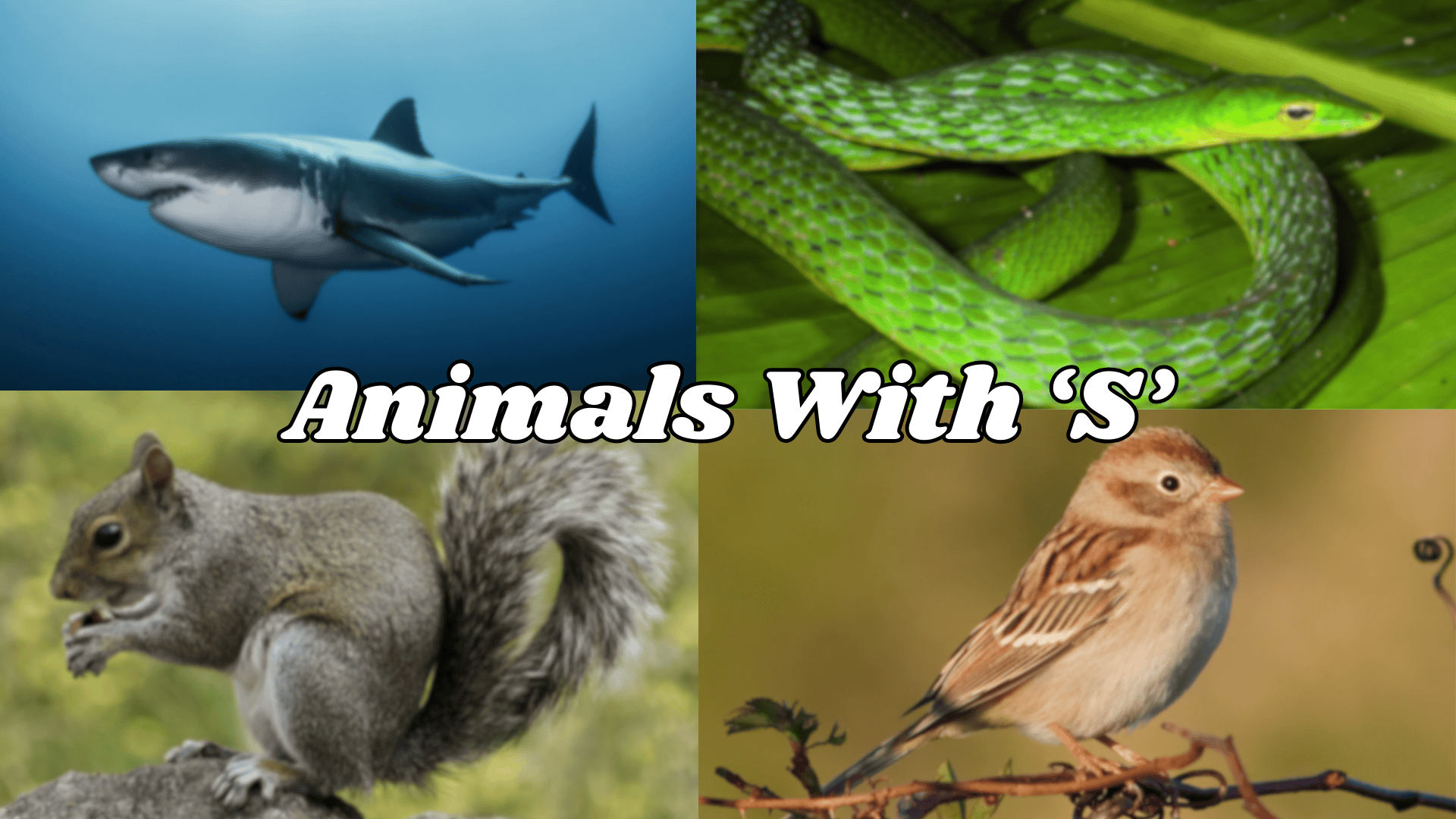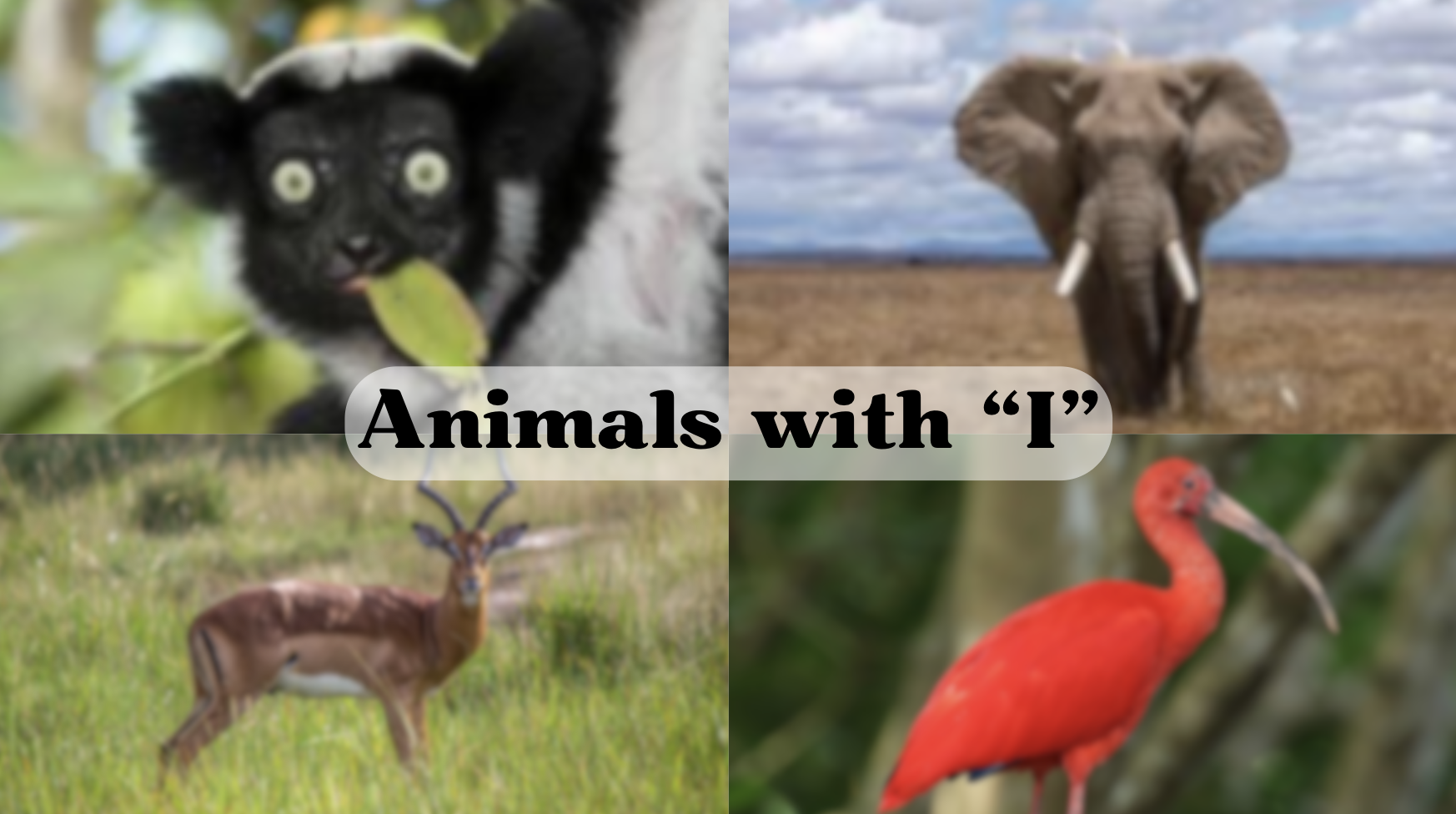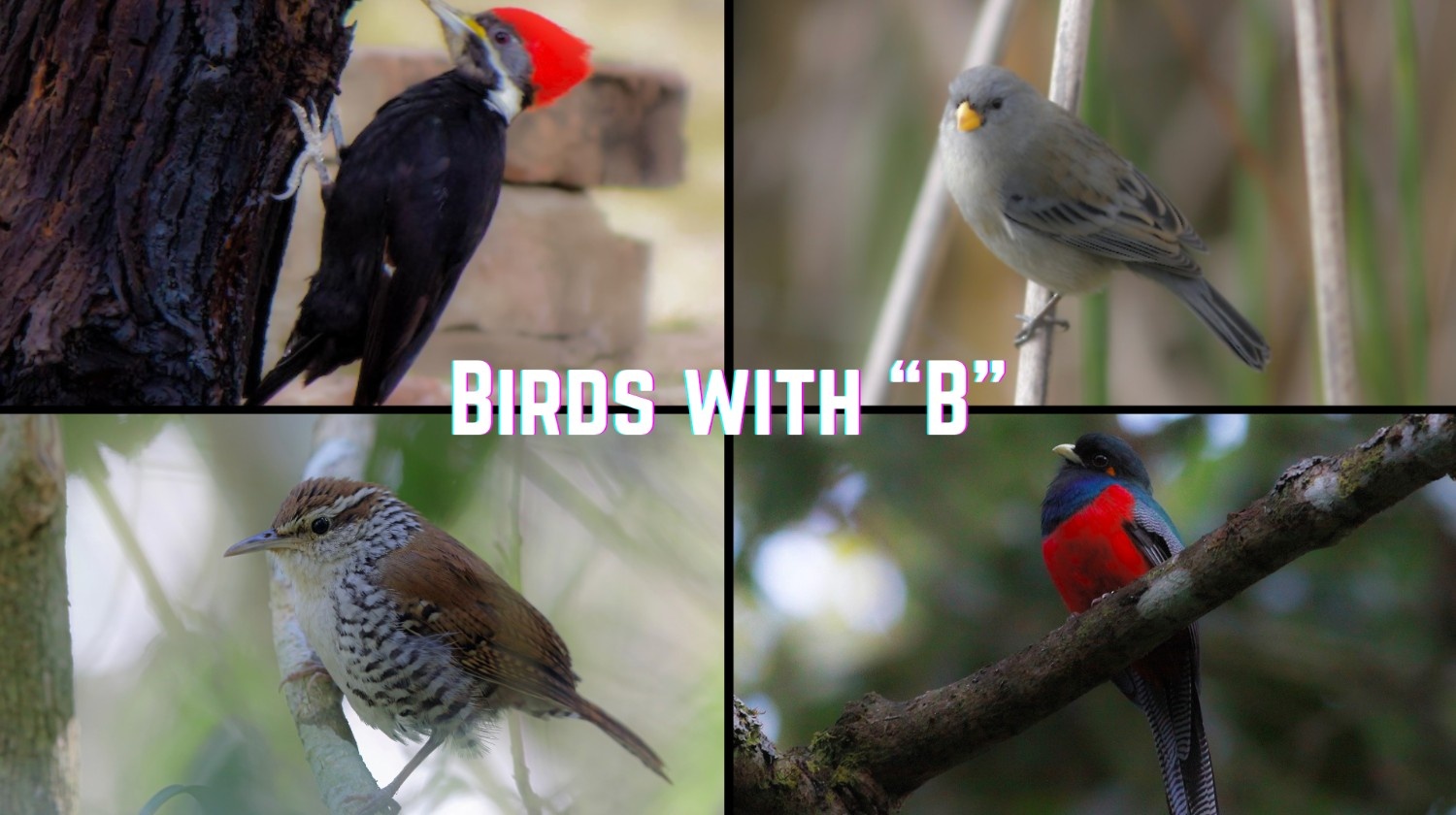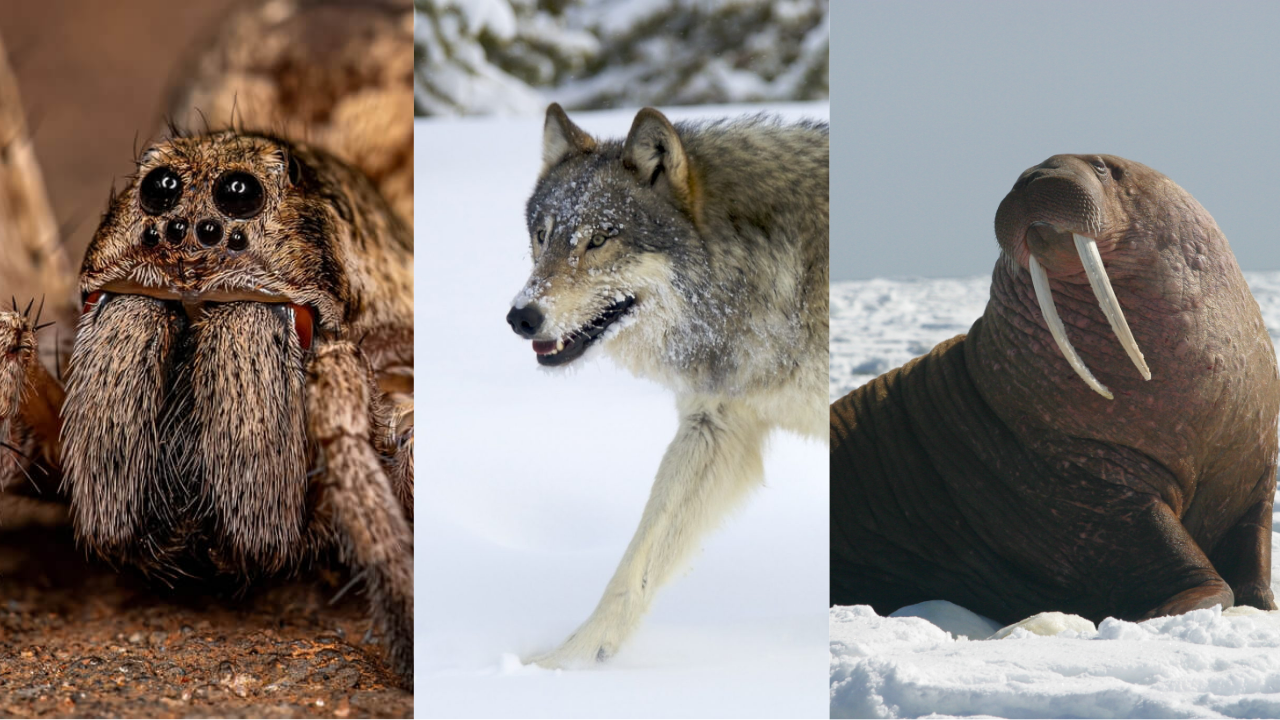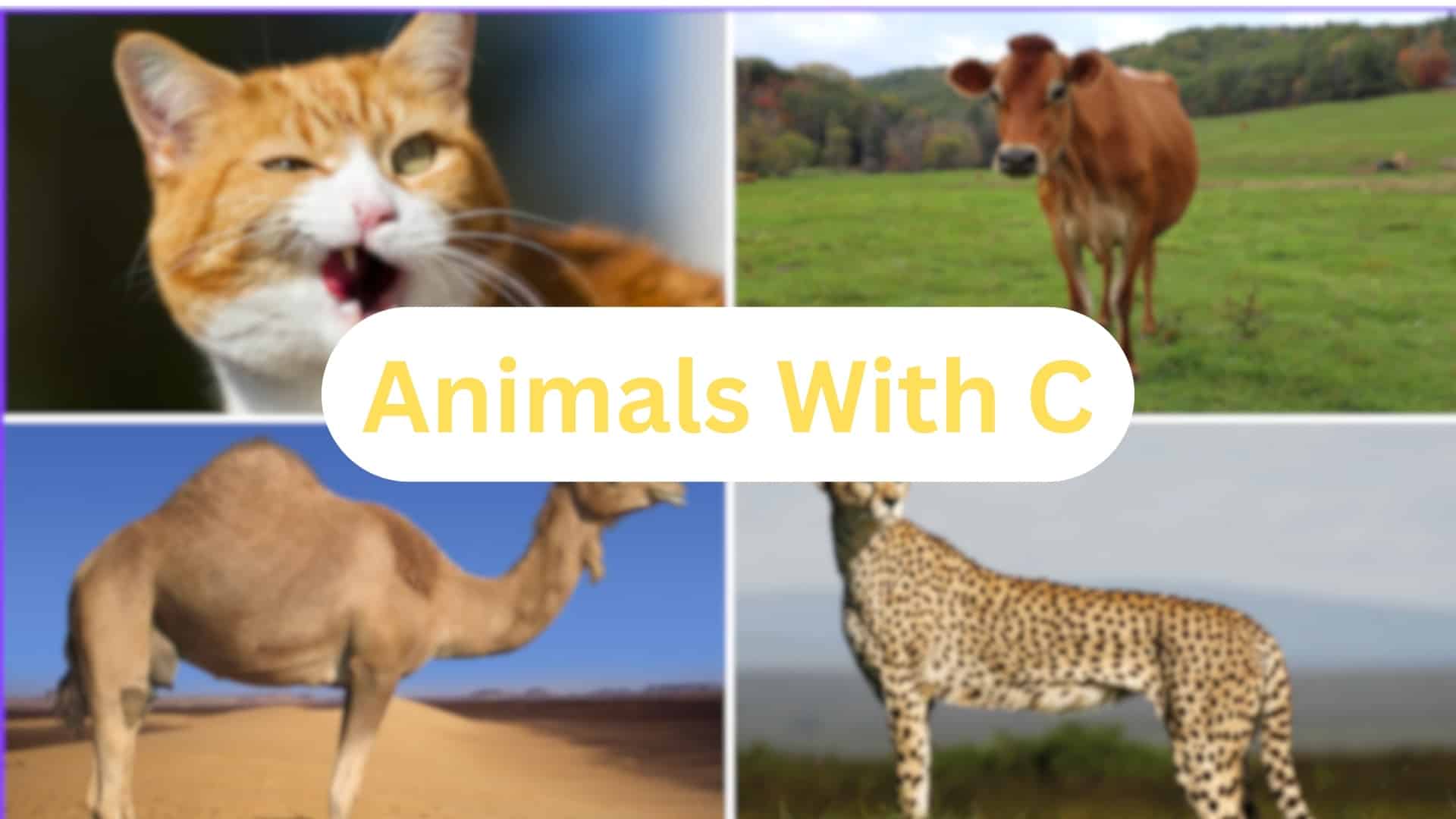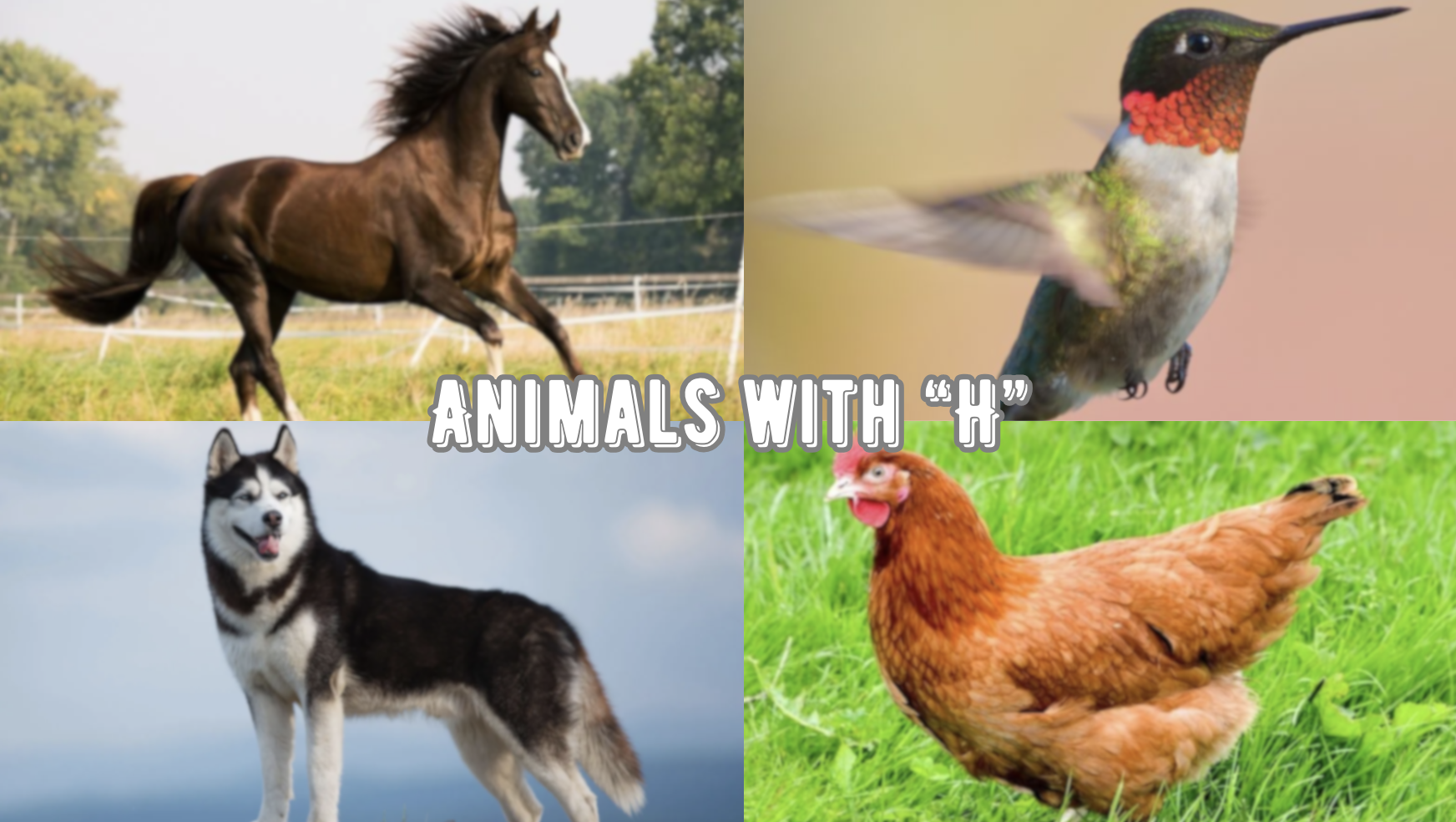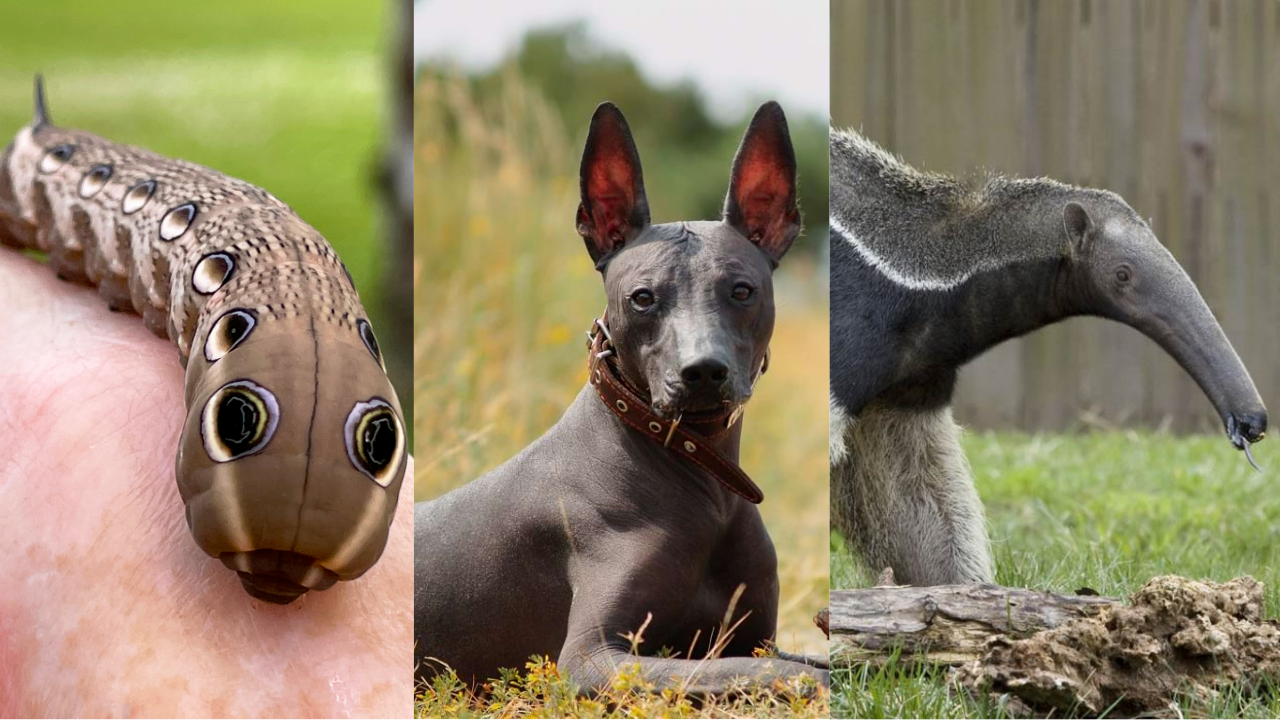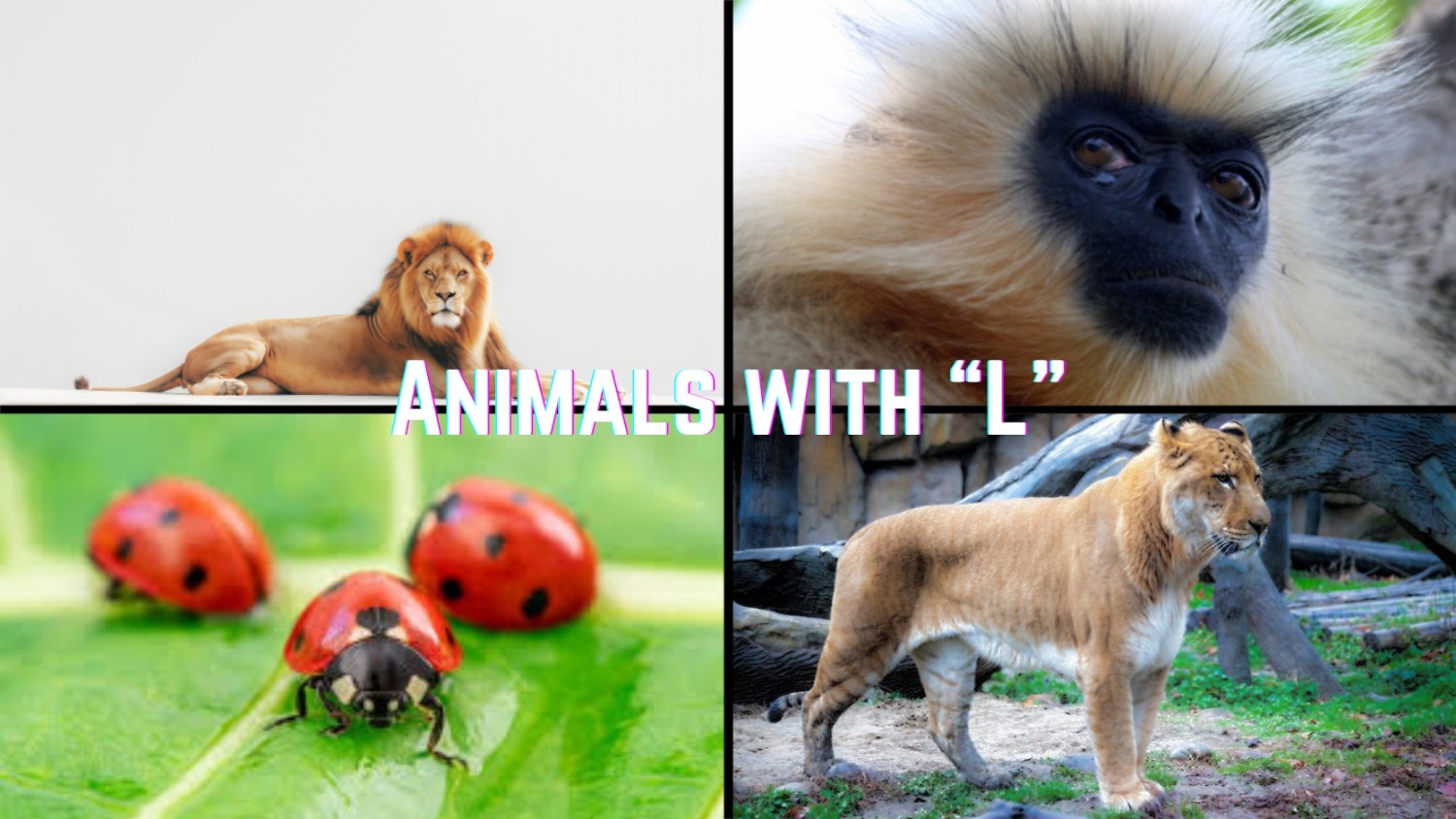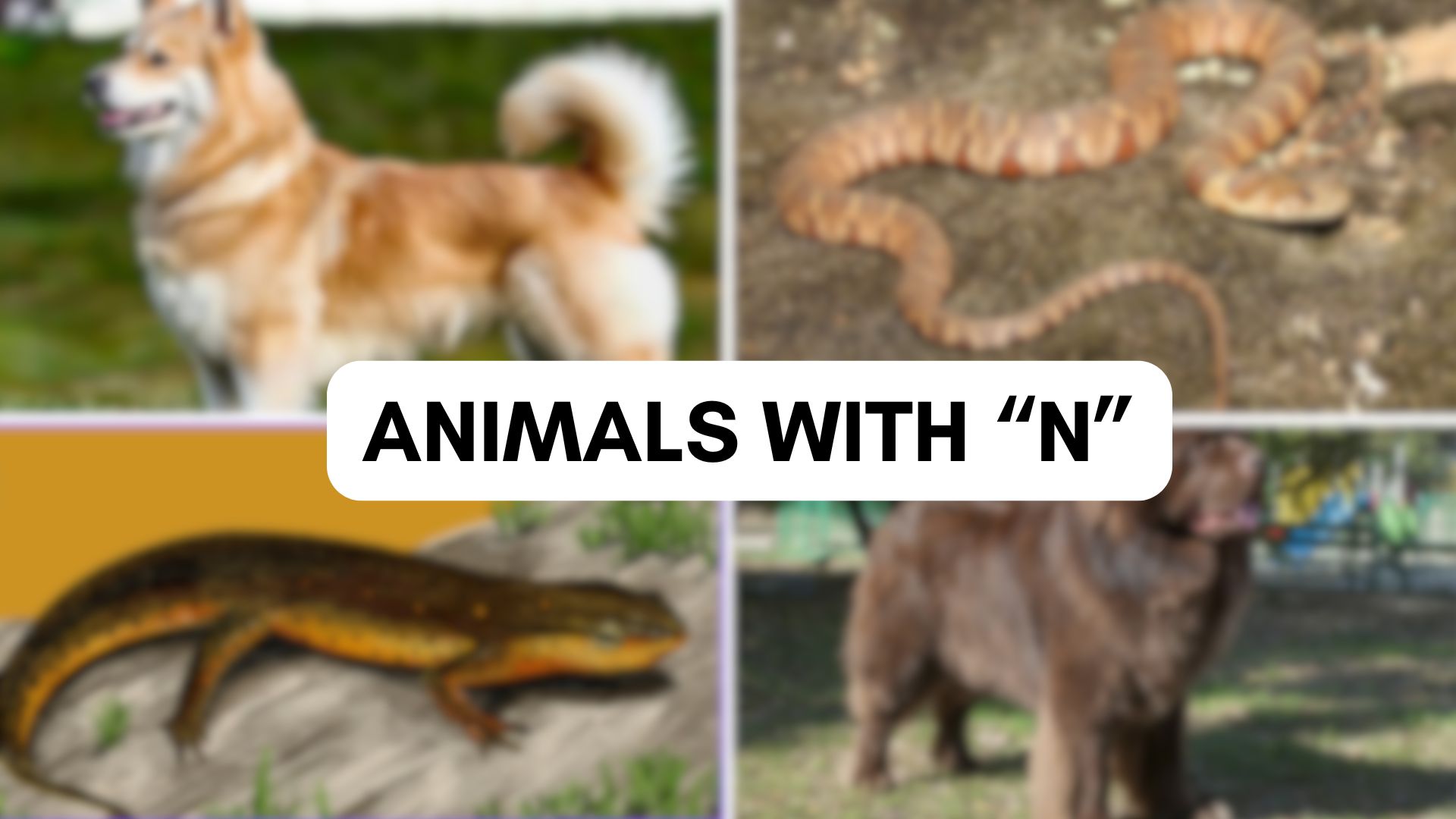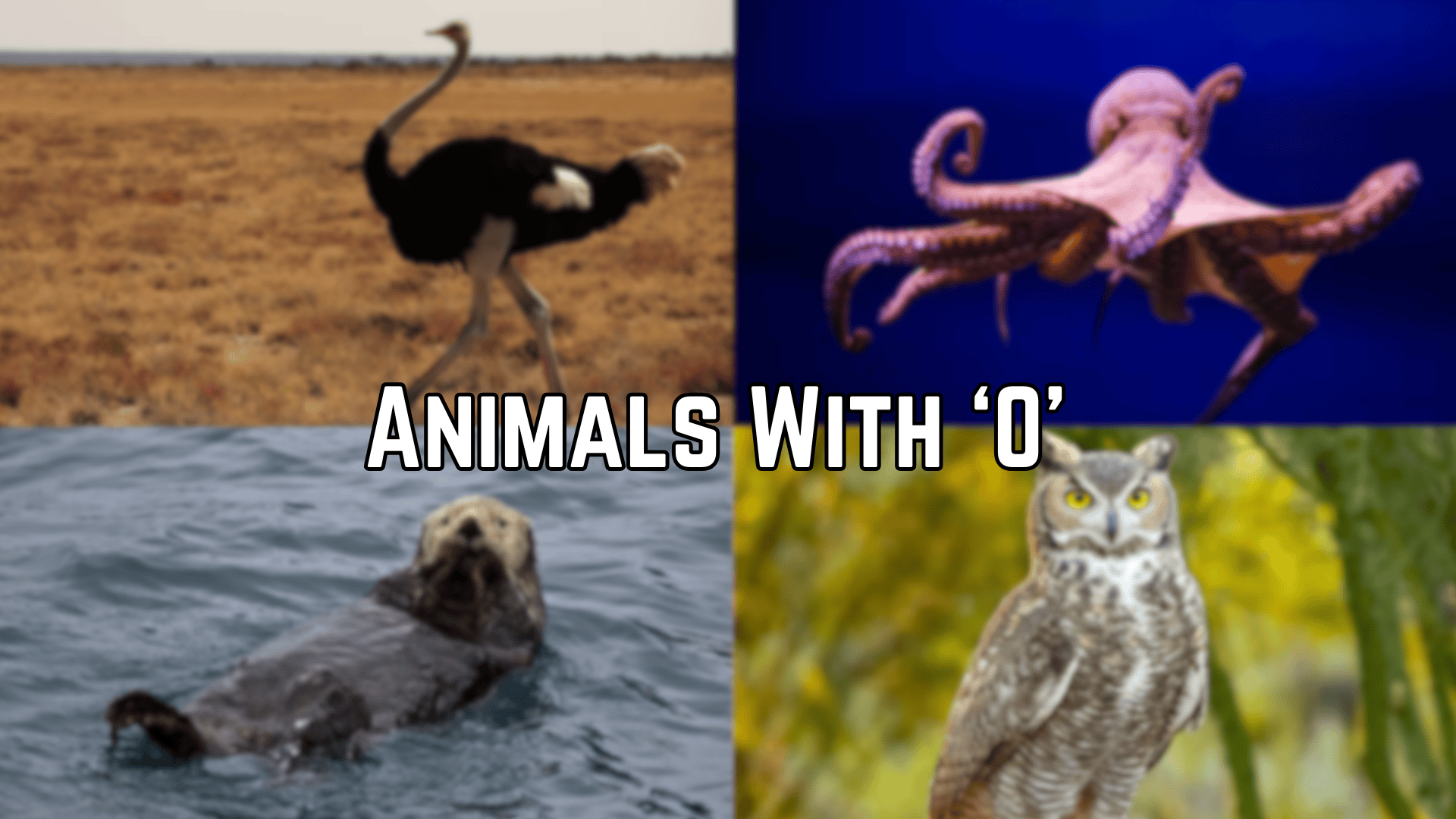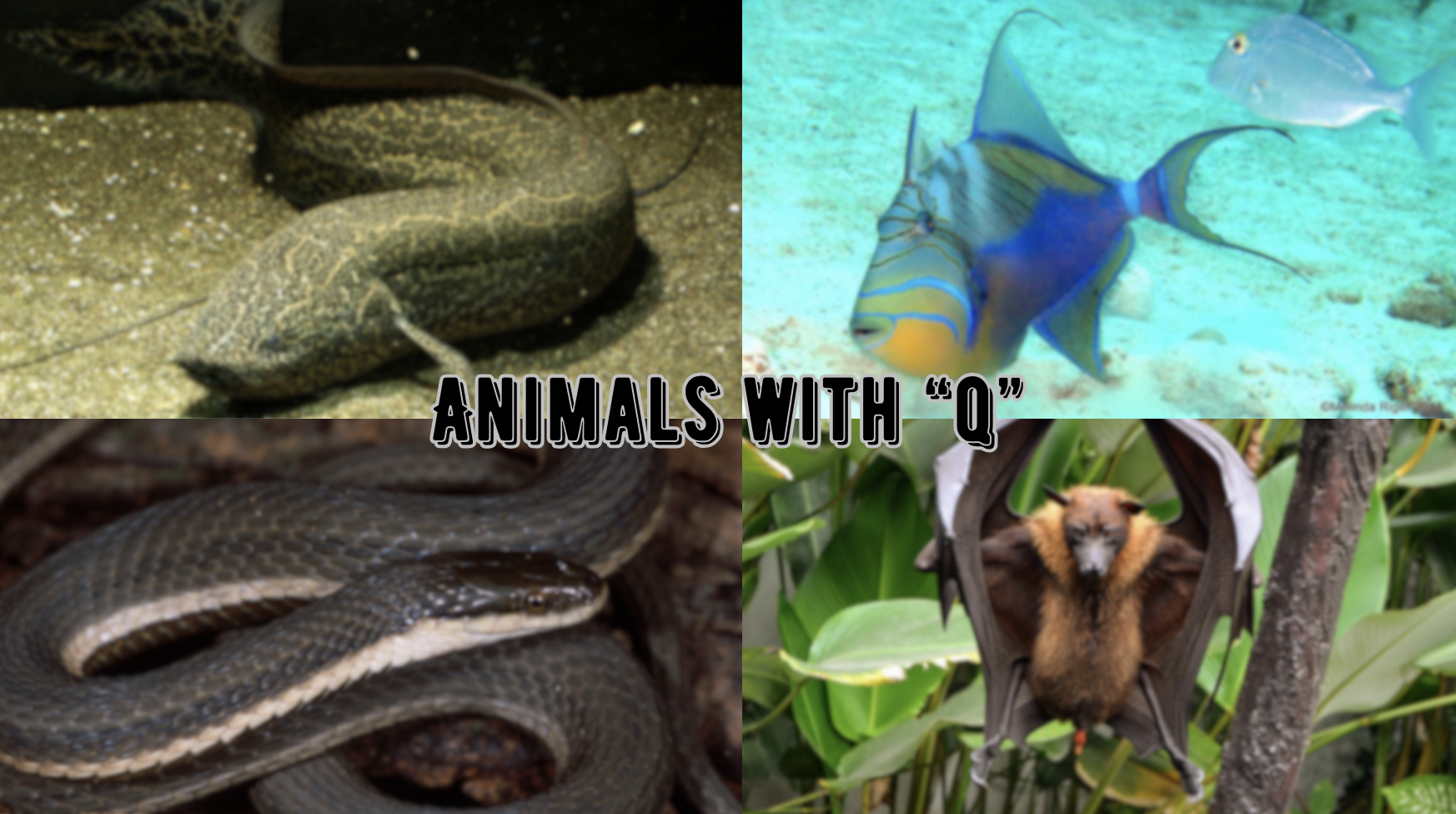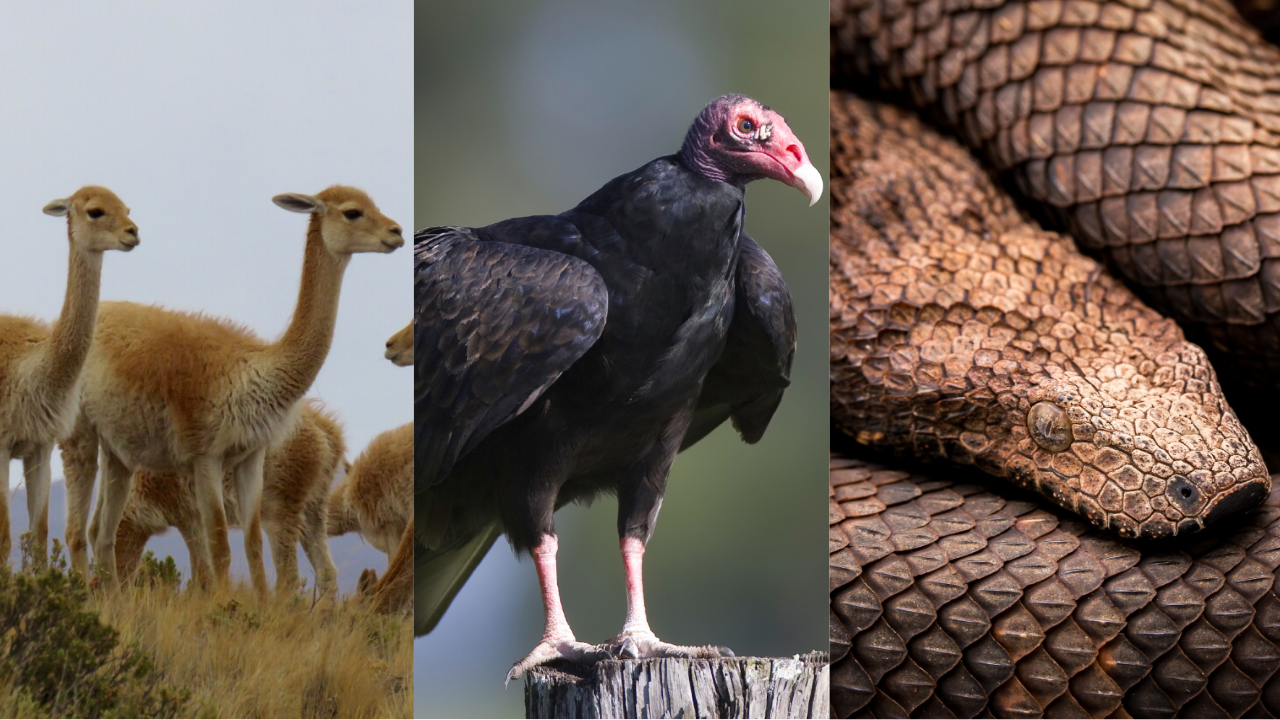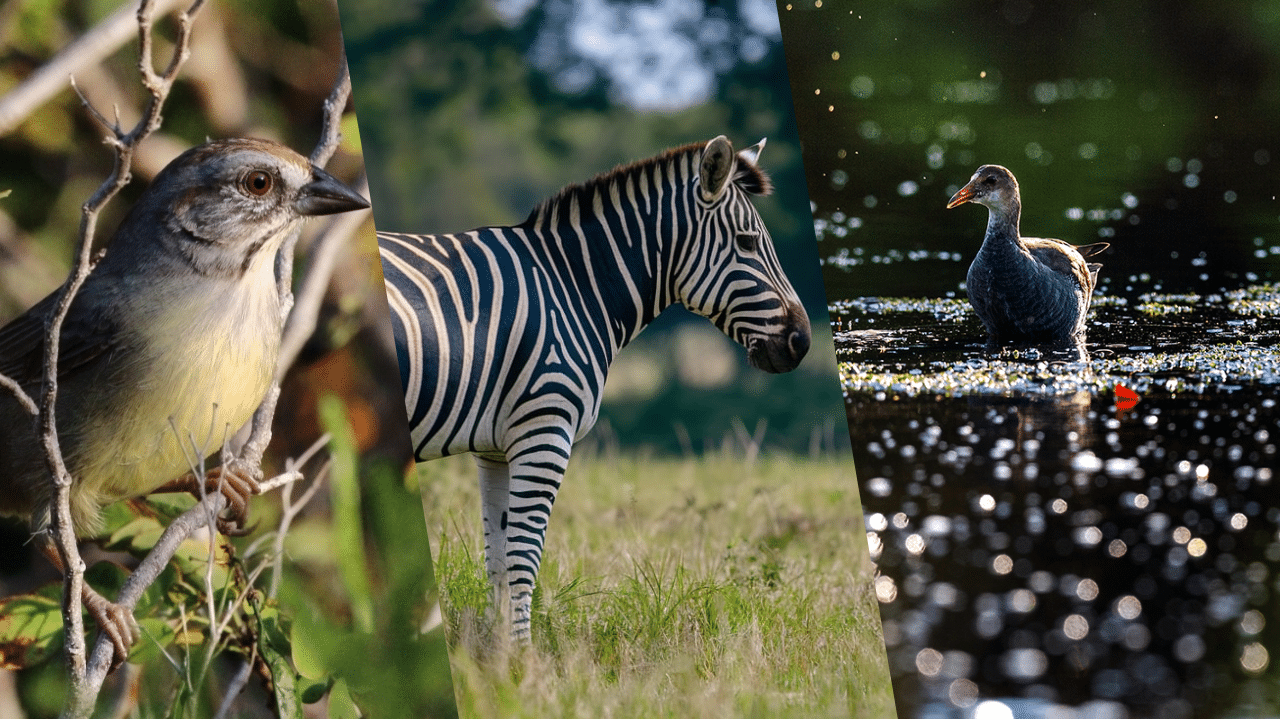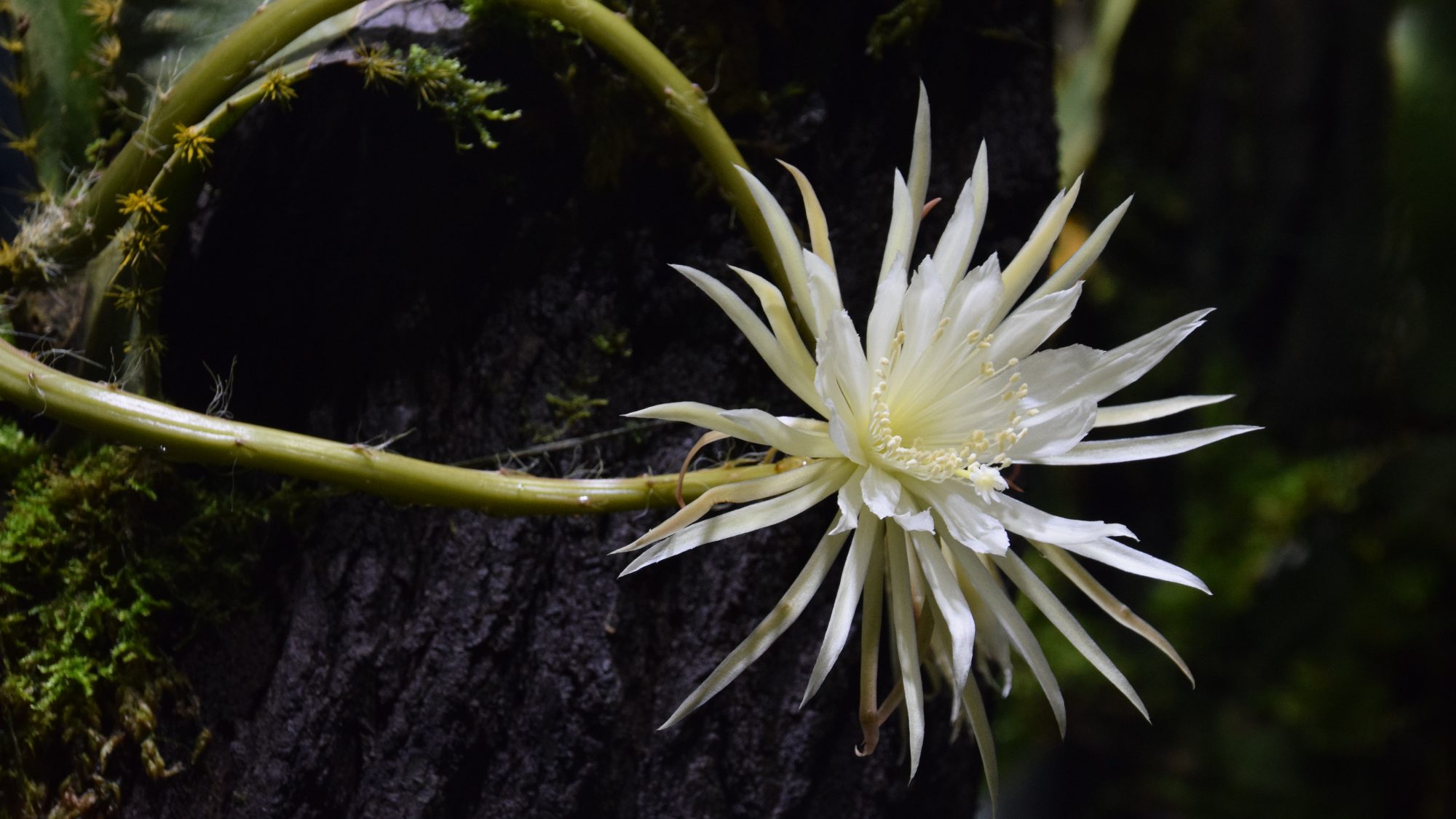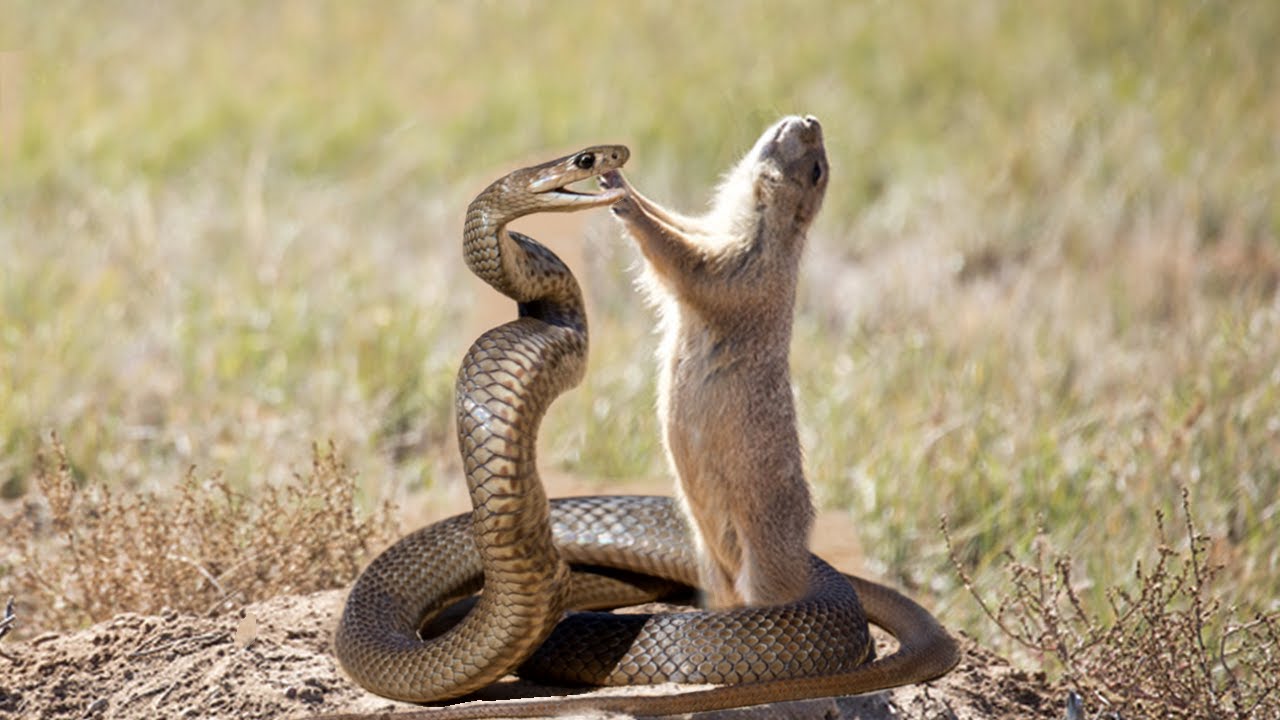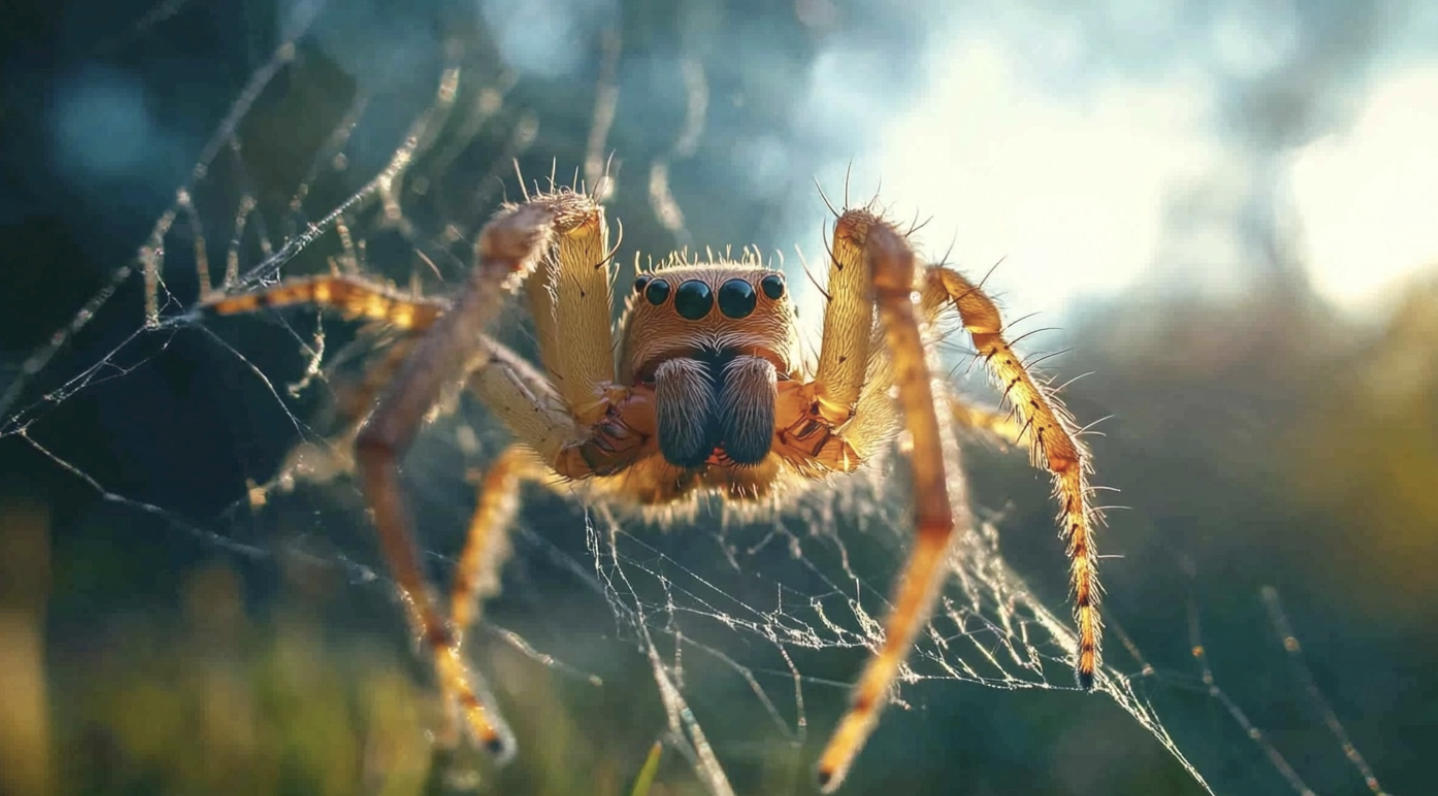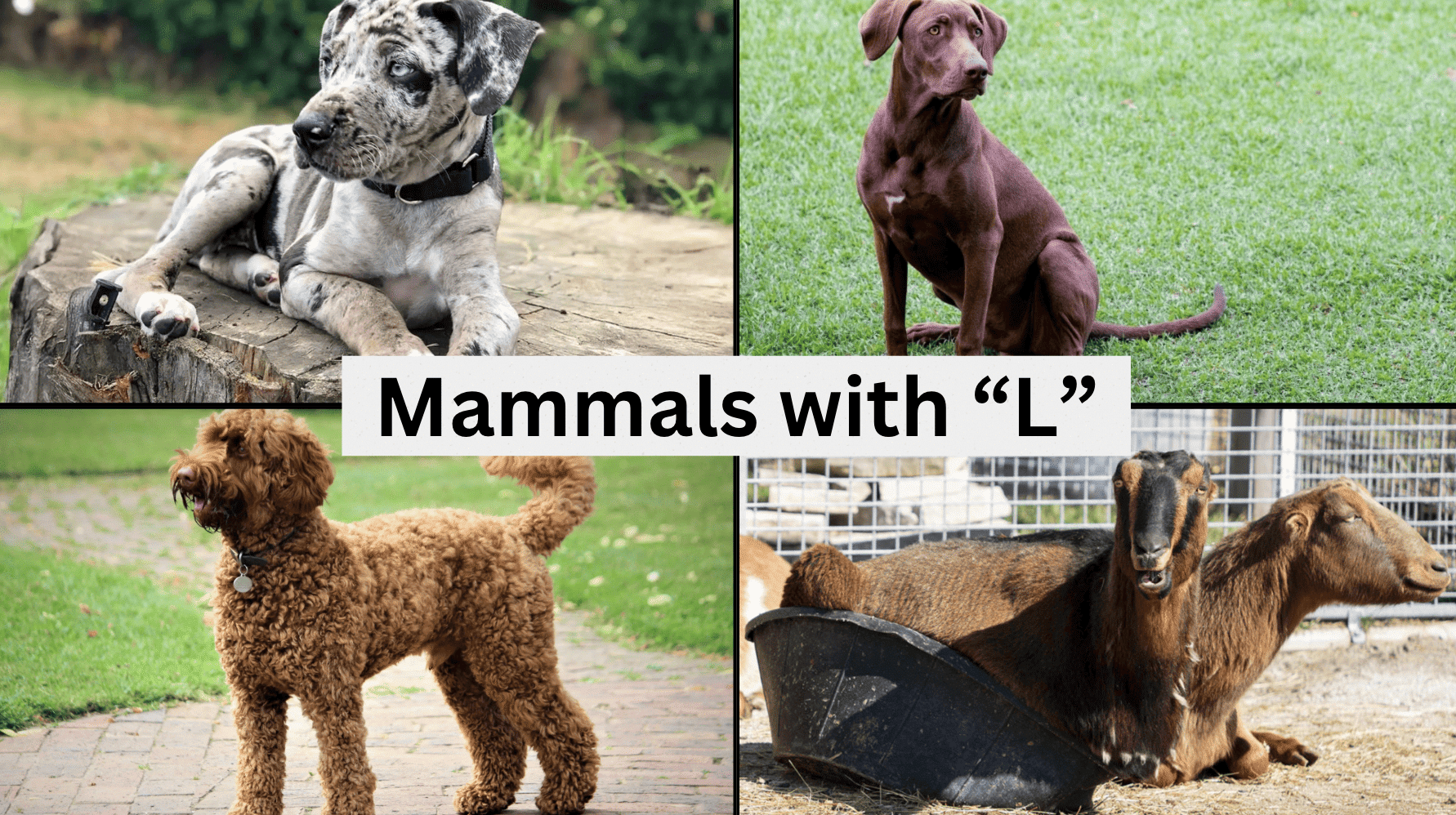
Looking for mammals with L in their names? From loyal Labrador Retrievers to luxurious Leopards, the animal kingdom showcases an impressive lineup of L-named creatures.
You’ll find diverse animals – from popular hybrid dogs like the Labradoodle to the unique LaMancha Goat with its distinctive tiny ears.
Animal enthusiasts and pet lovers alike will appreciate these remarkable species and their special characteristics. Each animal has its own traits, habitats, and fun facts that make them stand out in nature’s alphabet.
These mammals with L deserve attention for their distinctive qualities and contributions to our world. Find what makes each of these creatures truly exceptional.
The Hidden World of “L” Mammals
1. Lion
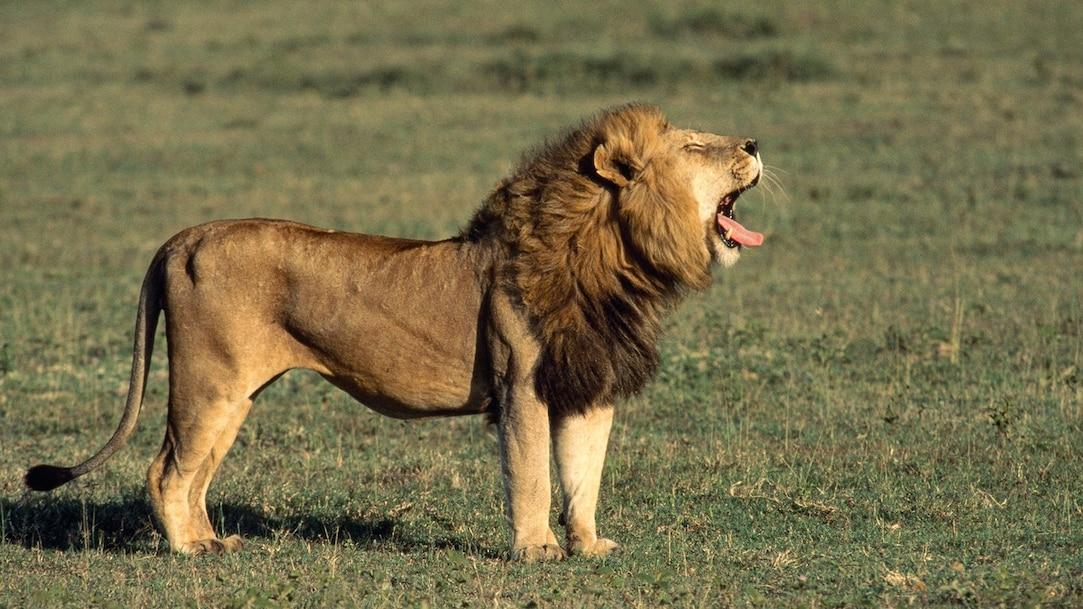
The lion is one of the most iconic animals, known for its majestic mane and role as the “King of the Jungle.” They are social animals that live in prides, consisting of related females, their cubs, and a few males. Lions are apex predators, often hunting in groups to take down large herbivores.
- Region of Habitat: Sub-Saharan Africa
- Scientific Name: Panthera leo
- Feeding Habits: Carnivorous, primarily large ungulates such as zebras and buffaloes
- What Sound They Make: Roar, growl, grunt
Fun Facts
Lions can roar loudly enough to be heard from 5 miles away. Male lions typically do not hunt, instead relying on females for food.
2. Leopard
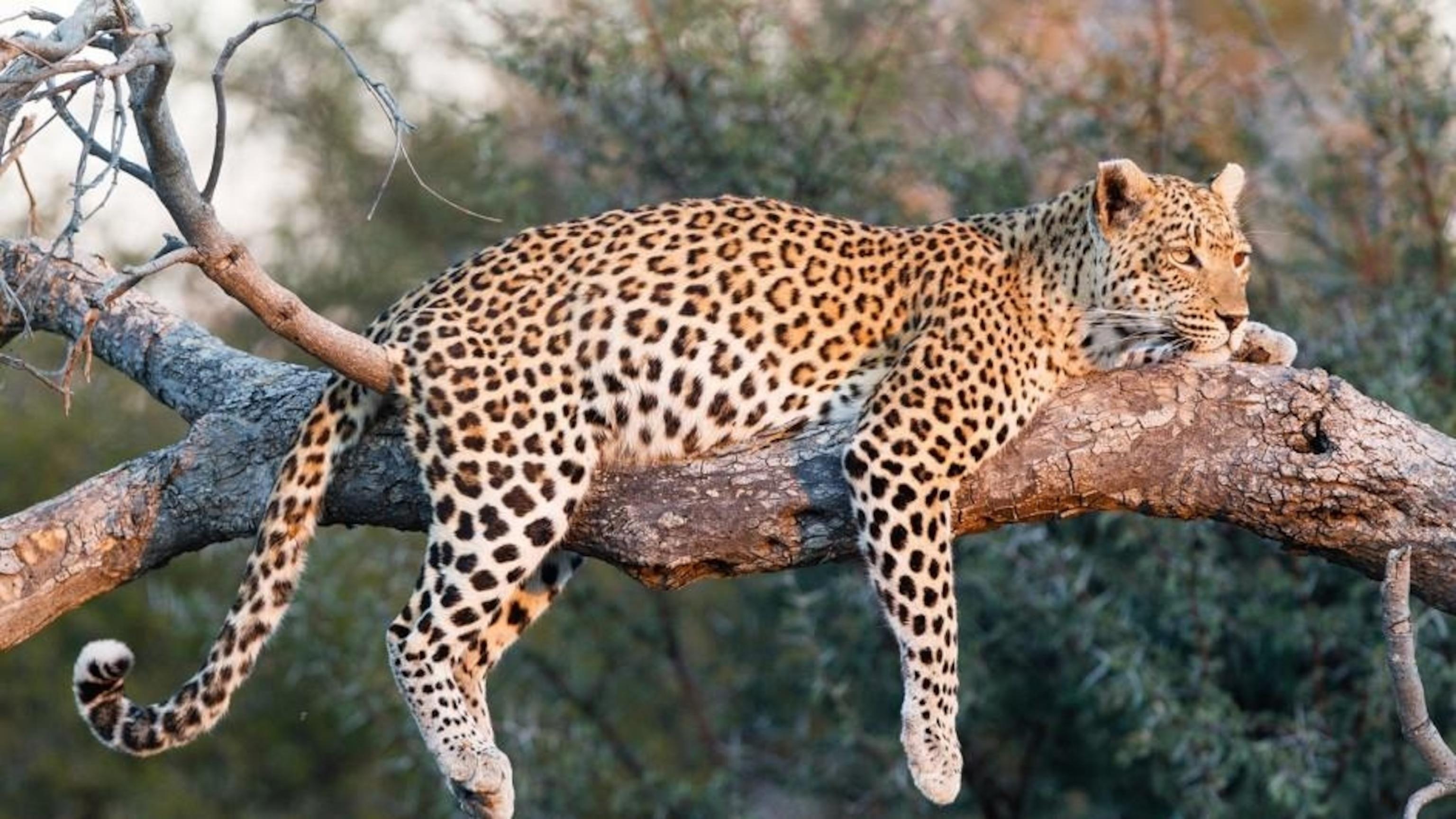
Leopards are known for their beautiful spotted coats and elusive nature. These big cats are solitary and highly adaptable, living in various habitats from savannas to rainforests. Leopards are skilled climbers, often dragging their prey up into trees to avoid scavengers.
- Region of Habitat: Sub-Saharan Africa, parts of Asia
- Scientific Name: Panthera pardus
- Feeding Habits: Carnivorous, mainly small to medium-sized mammals
- What Sound They Make: Roar, growl, meow
Fun Facts
Leopards can run up to 36 miles per hour in short bursts. They are often able to carry prey up to three times their body weight into trees.
3. Lemur
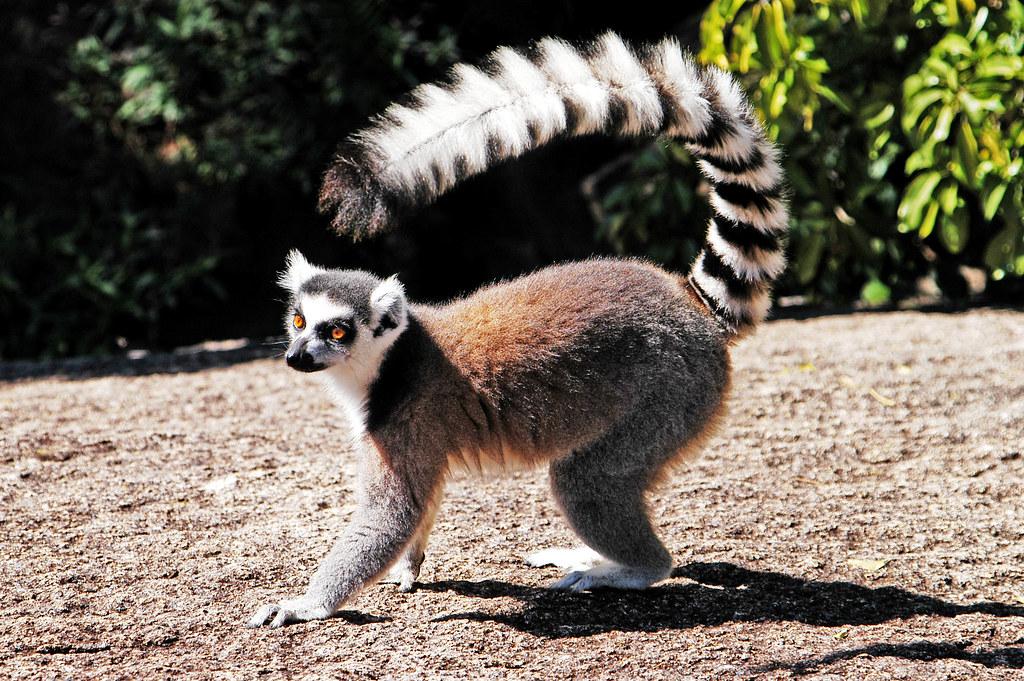
Lemurs are small to medium-sized primates native to Madagascar. Known for their long tails and large, expressive eyes, they are social animals that live in groups. Lemurs are primarily herbivorous, feeding on fruits, leaves, and flowers.
- Region of Habitat: Madagascar
- Scientific Name: Lemuridae
- Feeding Habits: Herbivorous, mainly fruits, leaves, and flowers
- What Sound They Make: Screech, chirp, grunt
Fun Facts
Lemurs are known for their unique communication methods, which include vocalizations and scent marking. However, they are endangered due to habitat loss and hunting.
4. Llama

Llamas are domesticated animals native to South America, known for their gentle nature and woolly coats. Often used as pack animals, they are well-suited for carrying heavy loads in mountainous terrains. Llamas are social and live in herds.
- Region of Habitat: Andes Mountains, South America
- Scientific Name: Lama glama
- Feeding Habits: Herbivorous, grazing on grass and shrubs
- What Sound They Make: Humming, bleating, spitting
Fun Facts
Llamas can spit to defend themselves or establish dominance. They are highly intelligent and can be trained to carry packs or follow commands.
5. Labahoula

The Labahoula is a mixed breed that combines the intelligence and work ethic of a Labrador Retriever and the speed of a Coonhound. Known for their friendly and energetic personalities, they make excellent family dogs. Due to their strong sense of smell and stamina, they are often used for hunting and outdoor activities.
- Region of Habitat: North America
- Scientific Name: Canis lupus familiaris
- Feeding Habits: Carnivorous, primarily fed commercial dog food
- What Sound They Make: Bark, howl
Fun Facts
They are great swimmers, thanks to their Labrador genes. Known for their excellent scent-tracking abilities.
6. Labmaraner

The Labmaraner is a hybrid breed created by crossing a Labrador Retriever with a Weimaraner. It is energetic and playful and known for being affectionate with families. Because both parents are strong working dogs, Labmarane make great hunting and sports companions.
- Region of Habitat: North America
- Scientific Name: Canis lupus familiaris
- Feeding Habits: Carnivorous, enjoys both dry kibble and raw meat
- What Sound They Make: Bark, howl, whine
Fun Facts
These dogs are often highly trainable due to their intelligence. They have a keen sense of smell and are often used in tracking and search-and-rescue missions.
7. Labradane

The Labradane is a mix between the Labrador Retriever and the Great Dane. This hybrid breed combines the friendly, sociable nature of the Labrador with the towering stature of the Great Dane. Despite their size, they are gentle giants, often getting along well with children and other pets.
- Region of Habitat: North America
- Scientific Name: Canis lupus familiaris
- Feeding Habits: Carnivorous, requires high-protein diet
- What Sound They Make: Bark, deep growl
Fun Facts
Labradanes are known for their loyalty and make excellent guard dogs. Their large size makes them well-suited for homes with lots of space.
8. Labradoodle

The Labradoodle is a hybrid dog, resulting from the cross between a Labrador Retriever and a Poodle. They are known for their friendly demeanor, intelligence, and hypoallergenic coats. Labradoodles are excellent service dogs, as they combine the trainability of Poodles with the eagerness of Labradors.
- Region of Habitat: Worldwide
- Scientific Name: Canis lupus familiaris
- Feeding Habits: Carnivorous, needs well-balanced nutrition
- What Sound They Make: Bark, whine, soft growl
Fun Facts
Labradoodles are known for being great with children and other pets. They are often used as therapy dogs due to their gentle nature.
9. Labrador Retriever
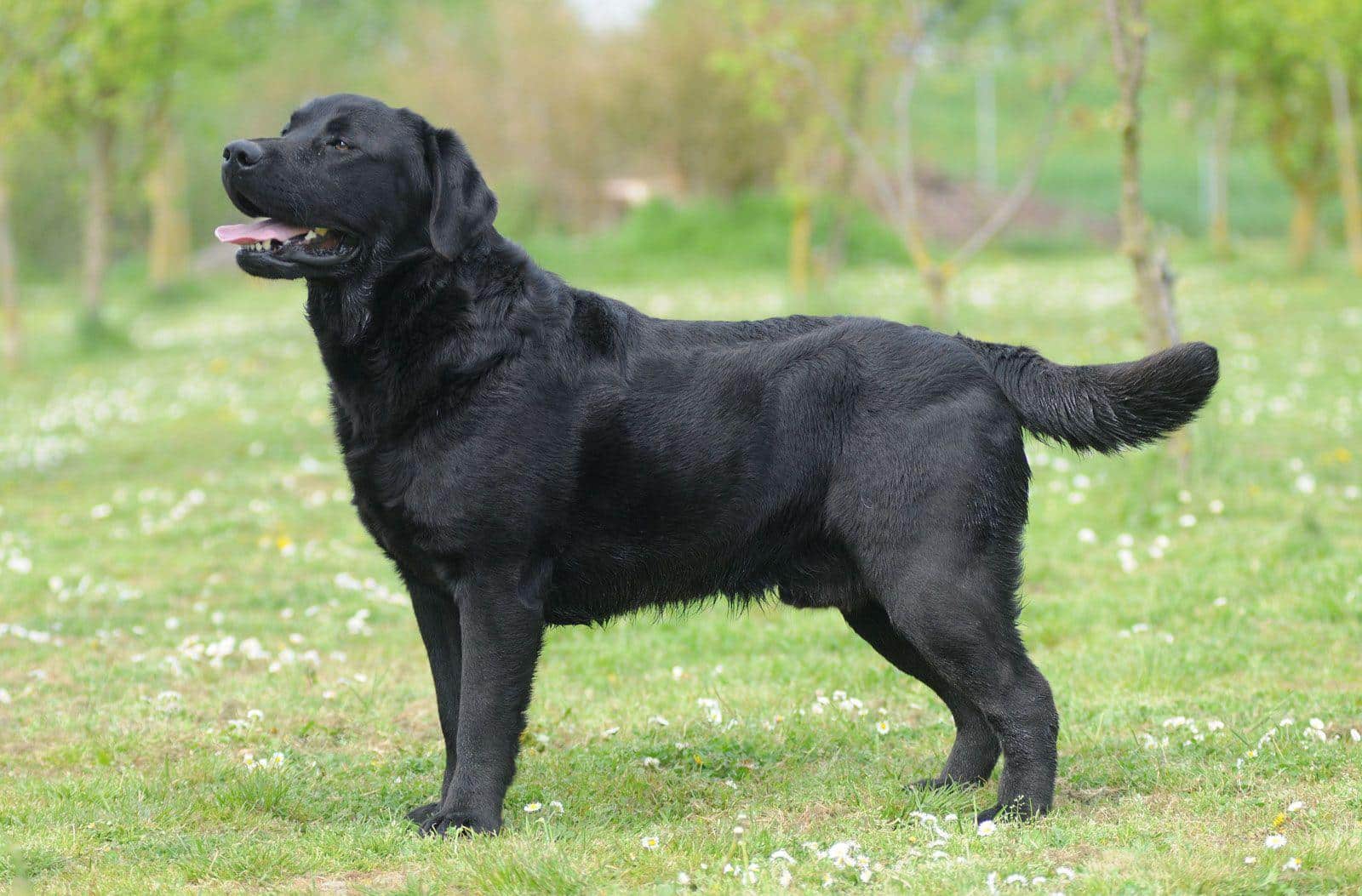
The Labrador Retriever is one of the most popular dog breeds worldwide. Known for their friendly and outgoing nature, Labs are great family pets and also highly skilled working dogs, excelling as service dogs and in search-and-rescue operations. Their playful demeanor makes them ideal companions for active families.
- Region of Habitat: Worldwide
- Scientific Name: Canis lupus familiaris
- Feeding Habits: Carnivorous, requires balanced meals with proteins
- What Sound They Make: Bark, howl, whine
Fun Facts
Labradors are one of the best breeds for therapy and assistance work. They are known for their love of water and are natural swimmers.
10. Labraheeler

The Labraheeler is a crossbreed between a Labrador Retriever and an Australian Cattle Dog. This breed is known for its intelligence, high energy, and strong work ethic. Labraheelers are perfect for active families who enjoy outdoor activities and need a dog that can keep up with them.
- Region of Habitat: North America
- Scientific Name: Canis lupus familiaris
- Feeding Habits: Carnivorous, prefers protein-rich food
- What Sound They Make: Bark, growl, whine
Fun Facts
Labraheelers are excellent herding dogs and are used in agricultural settings. They can be highly protective of their family and territory.
11. Lakeland Terrier
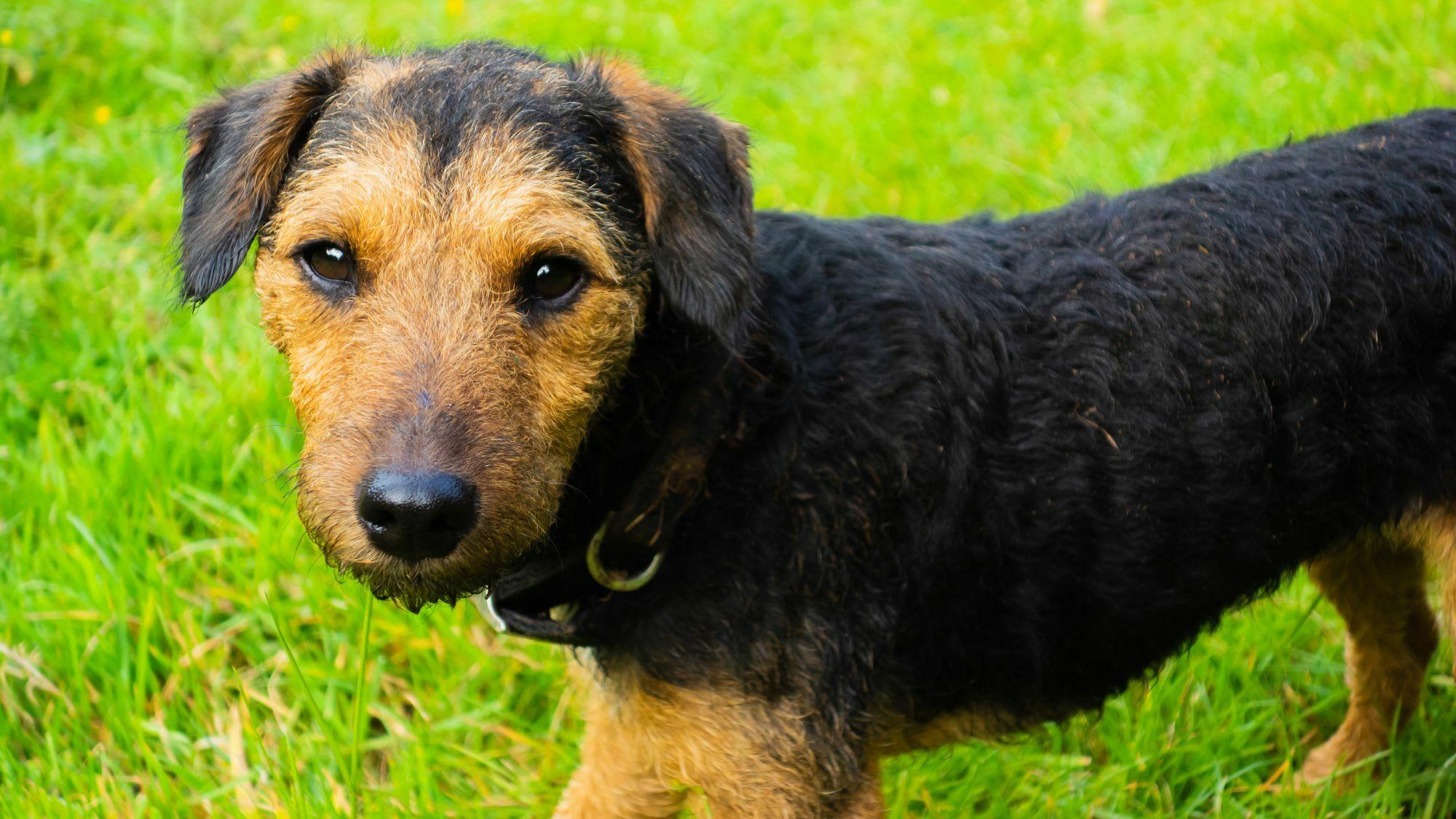
The Lakeland Terrier is a small, energetic breed originating from England. Known for their distinct, wiry coats, they were originally bred to hunt foxes and other small game. Despite their small size, they have a big personality and are often described as spirited and brave.
- Region of Habitat: England
- Scientific Name: Canis lupus familiaris
- Feeding Habits: Carnivorous, typically fed dry kibble or fresh meat
- What Sound They Make: Bark, yip
Fun Facts
Lakeland Terriers are known for their courageous nature and love for digging. They are one of the oldest terrier breeds, dating back to the 19th century.
12. LaMancha Goat
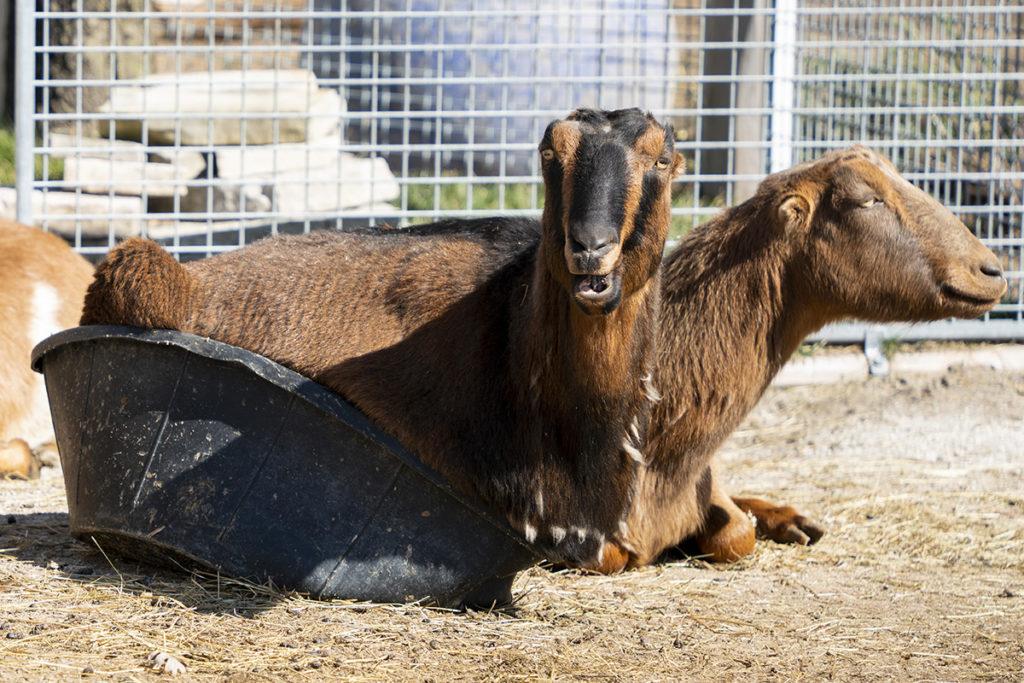
The LaMancha Goat is a unique breed known for its distinctive, small ears. This dairy goat is highly valued for its milk production and sweet temperament. Their compact size and hardy nature make them suitable for various climates.
- Region of Habitat: United States
- Scientific Name: Capra aegagrus hircus
- Feeding Habits: Herbivorous, grazes on grass, hay, and grains
- What Sound They Make: Bleat, baa
Fun Facts
LaMancha goats are known for their high milk yield and are often used in dairy farming. Despite their small ears, they have excellent hearing.
13. Lancashire Heeler

The Lancashire Heeler is a small, energetic working dog from England. Originally bred to herd cattle, these dogs are known for their speed and intelligence. Despite their compact size, they have a strong herding instinct and are very trainable.
- Region of Habitat: England
- Scientific Name: Canis lupus familiaris
- Feeding Habits: Carnivorous, prefers high-quality dog food
- What Sound They Make: Bark, yip
Fun Facts
Lancashire Heelers are known for their distinctive black-and-tan coat. They are excellent at training and enjoy being active.
14. Lapponian Herder
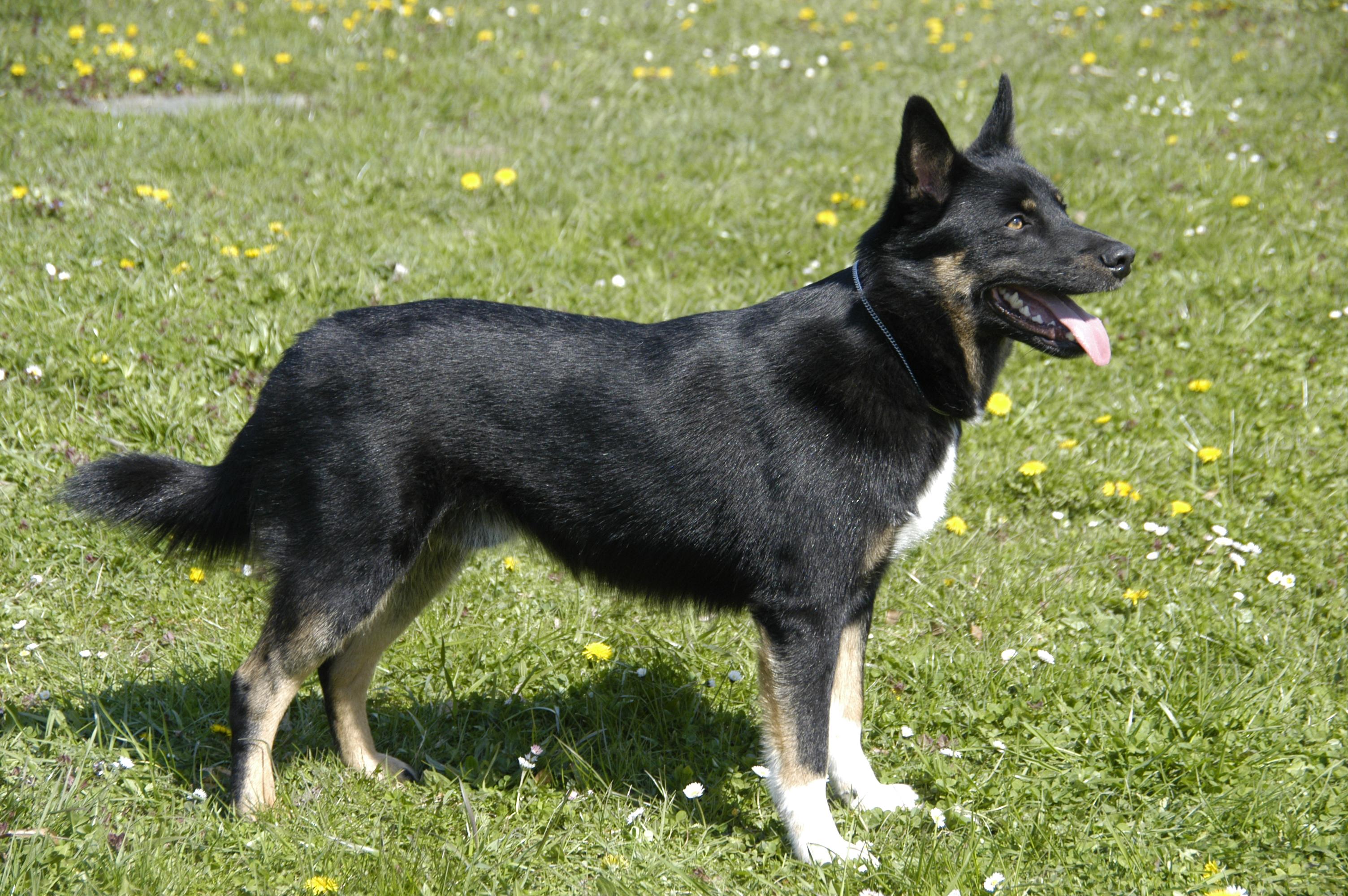
The Lapponian Herder is a Finnish breed, historically used to herd reindeer. These dogs are known for their intelligence, strong work ethic, and affectionate nature. They are medium-sized dogs with a thick, double coat to protect them from harsh cold climates.
- Region of Habitat: Finland, Northern Europe
- Scientific Name: Canis lupus familiaris
- Feeding Habits: Carnivorous, needs a well-balanced diet
- What Sound They Make: Bark, howl
Fun Facts
Lapponian Herders are highly valued in northern Europe for herding reindeer. They have an excellent sense of direction and are often used to steer snowy terrains.
Some More Mammals With “L” You Should Know
15. Leopard Cat
16. Leopard Seal
17. Lhasa Apso
18. Lhasapoo
19. Liger
20. Lemming
21. Little Brown Bat
22. Livyatan
23. Leonberger
24. Long-Haired Rottweiler
25. Loris
26. Lowchen
27. Lynx
Summing It Up
From the loyal Labrador to the wild Lynx, mammals with L names represent incredible diversity in the animal kingdom.
These creatures showcase nature’s variety, from beloved family dogs like Labradoodles to exotic species like lemurs and lions.
Each animal has unique traits—the LaMancha Goat’s tiny ears, the Lapponian Herder’s remarkable ability to trek through snowy terrain, and more.
Understanding these animals enriches appreciation for wildlife and potential pets alike. The next time you spot an L-named mammal at the zoo, in a nature documentary, or perhaps in your own home, you’ll recognize its special place in the biological world.
These mammals may share a letter, but their distinct characteristics make each one a remarkable subject worthy of admiration.
If you’re interested in more informative animal and wildlife content, feel free to click here and explore other blogs that you might enjoy!

